POPAY (FR) – Graffiti writing, illustration, Figuration libre
The roots
POPAY (Juan-Pablo de Ayguavives) is a graffiti writer, painter and illustrator, living and working in Paris. Born in 1971 in Barcelona as the son of an architect, POPAY grew up in Paris and started drawing comics at a very young age before transposing his art onto the streets in 1986 and discovering the art of graffiti writing with KISTER in 1987. POPAY was a member of several crews like MST, he founded in 1986 as well as THC in 1987, later he joined P2B, PCP and founded Fiv5 around 1990, and joined the crew GM after 2000. Through what he himself has once called “the art school of the streets”, he first developed different lettering including dripping, melting, unifying forms and figurative elements, like big human heads and weird characters. He was one of the first spraying characters with volume and spraying thin lines in controlling the pressure on the can. POPAY’s early outstanding colorful figurative style inspired many other graffiti writers who still consider him as a major figure of the second French writers generation.
In addition to graffiti, the culture of comics and animated movies in France affected and influenced POPAY since he was a child. He describes his art as heavily influenced by music as well. The Psychadelic Rock of Jimi Hendrix and the techno sound of Spiral Tribe, for example, inspired him for the flow of the gesture while painting calligraphic work. Studying art history on his own and discovering masters led to influences from medieval paintings, old masters and classical painting. But POPAY also cites Goya, African art, modern sculpture, Picasso, lowbrow and figuration libre with Combas as well as the work of H.R. Giger as sources of inspiration.
In his studio, POPAY has been sketching, drawing and painting on paper and canvas with pen, ink, pencil, spray can, airbrush and acrylic paint since the 1990s. While painting in various studios and art squats, he increasingly receives commissions for illustrations. He began using the graphic palette in 1992, when he was working on the film “The City of Lost Children” by Jeunet and Caro at DUBOI. Learning this new technique, as well as his research into artistic expression, has led him to also produce digital painting, which allows him to print his images in unlimited editions, accessible to everyone.
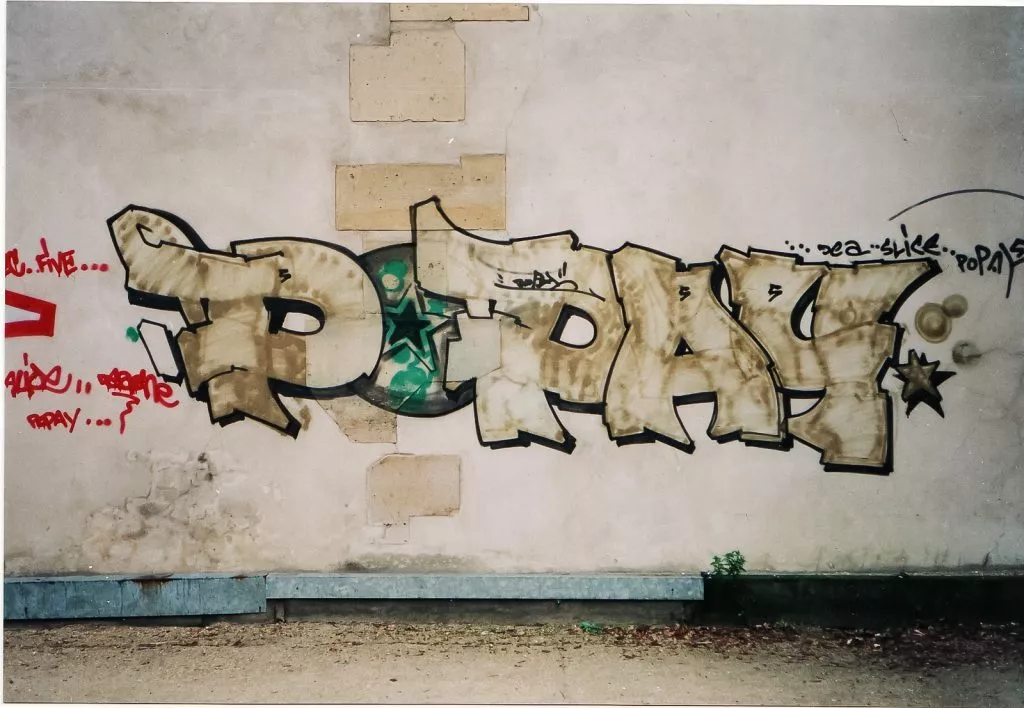
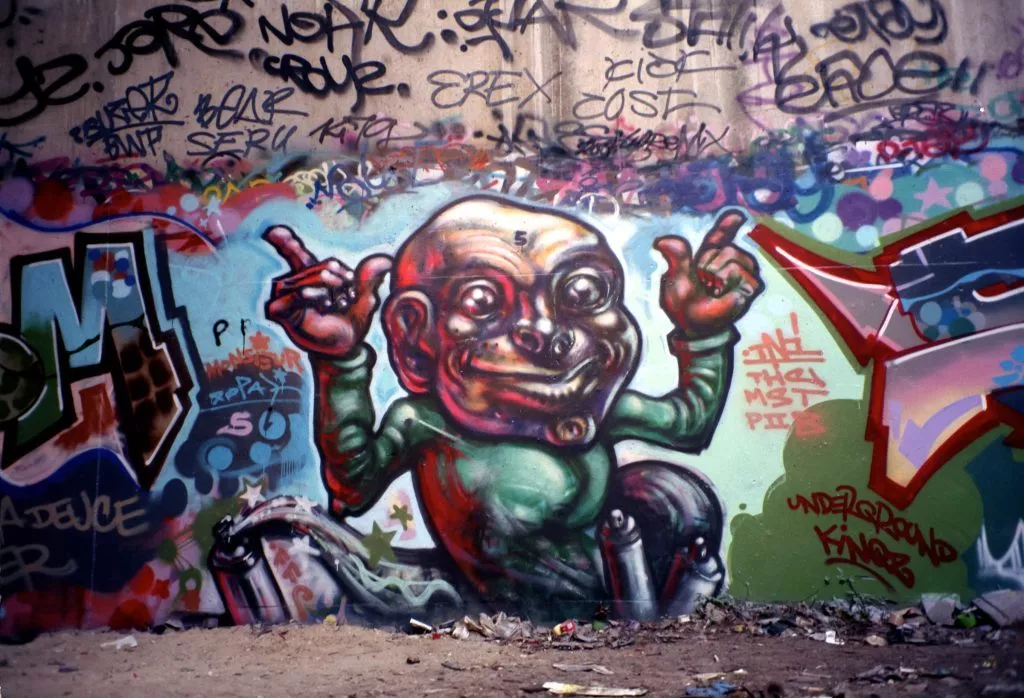
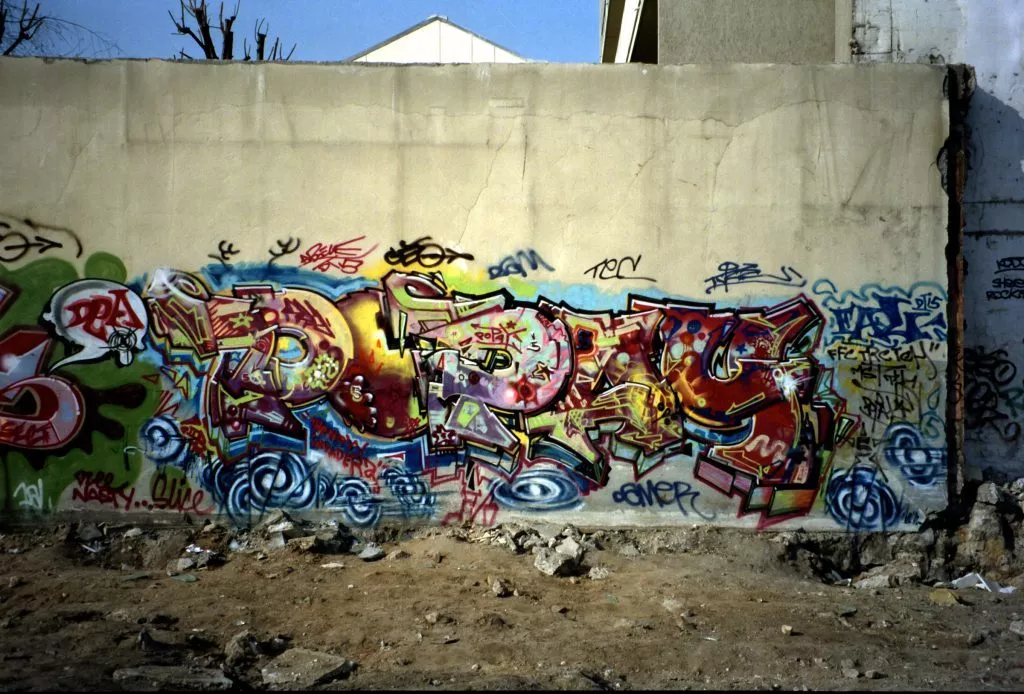
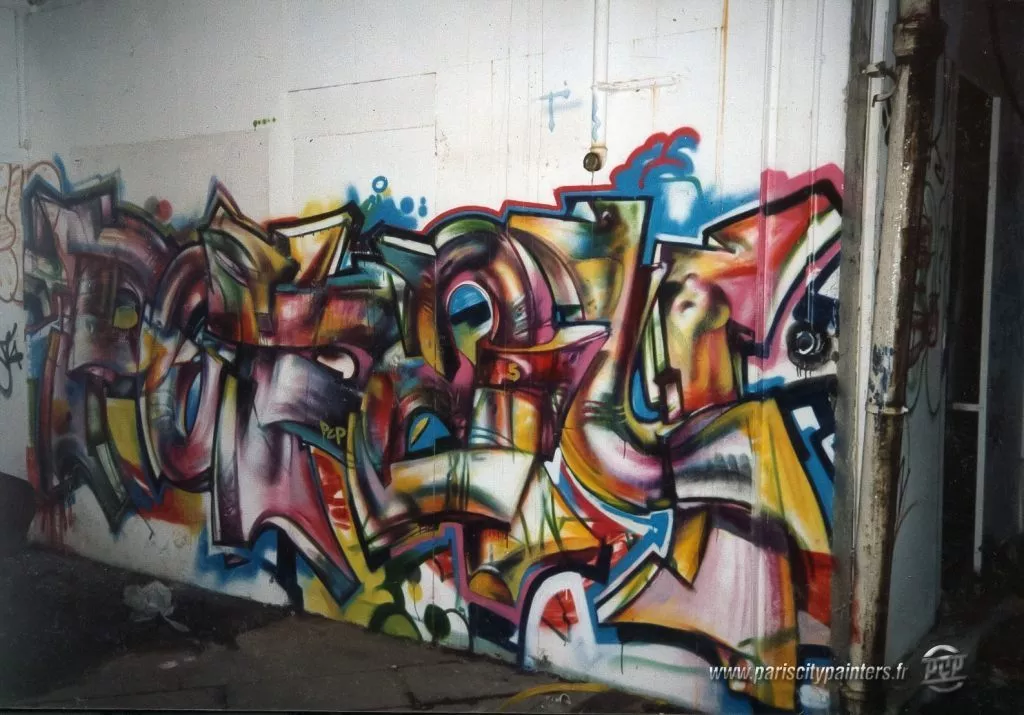
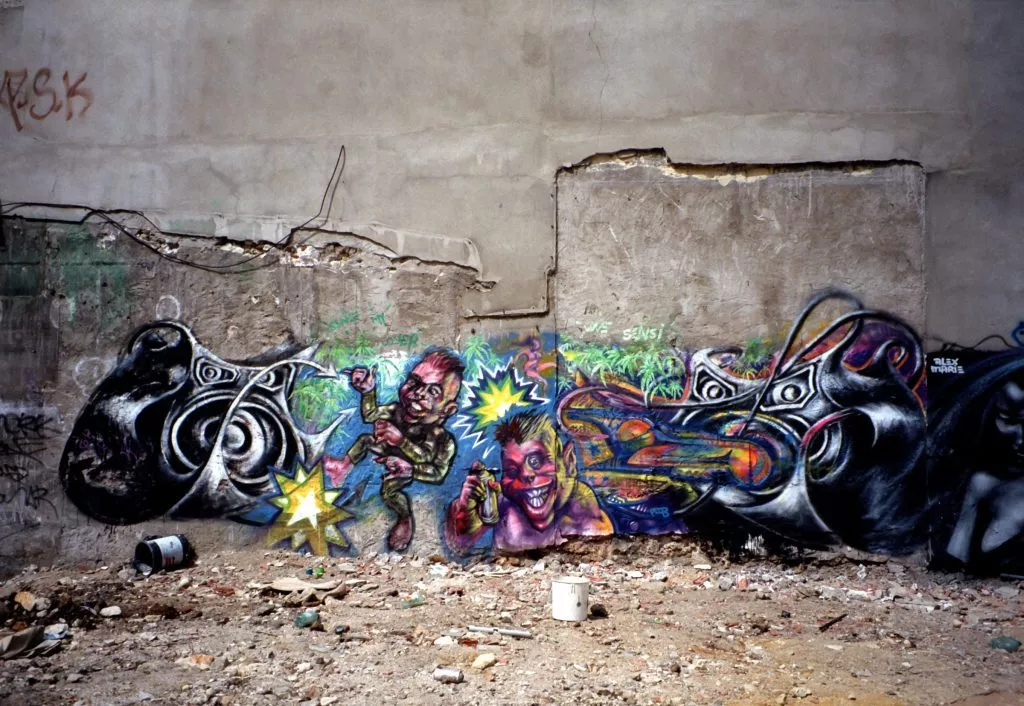
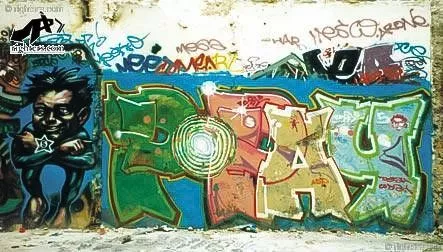
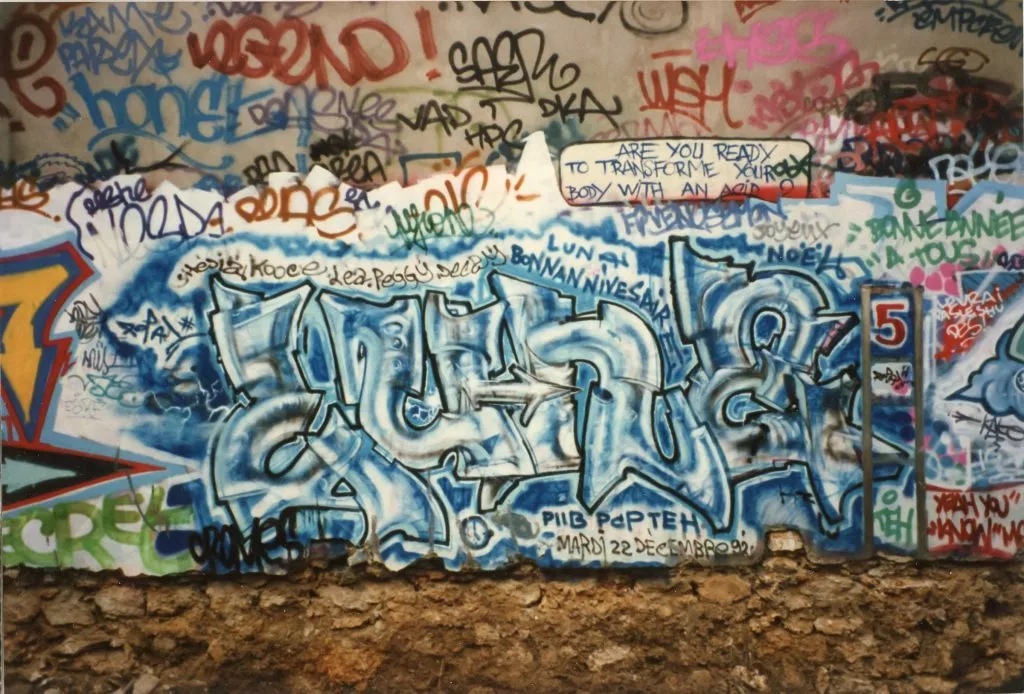
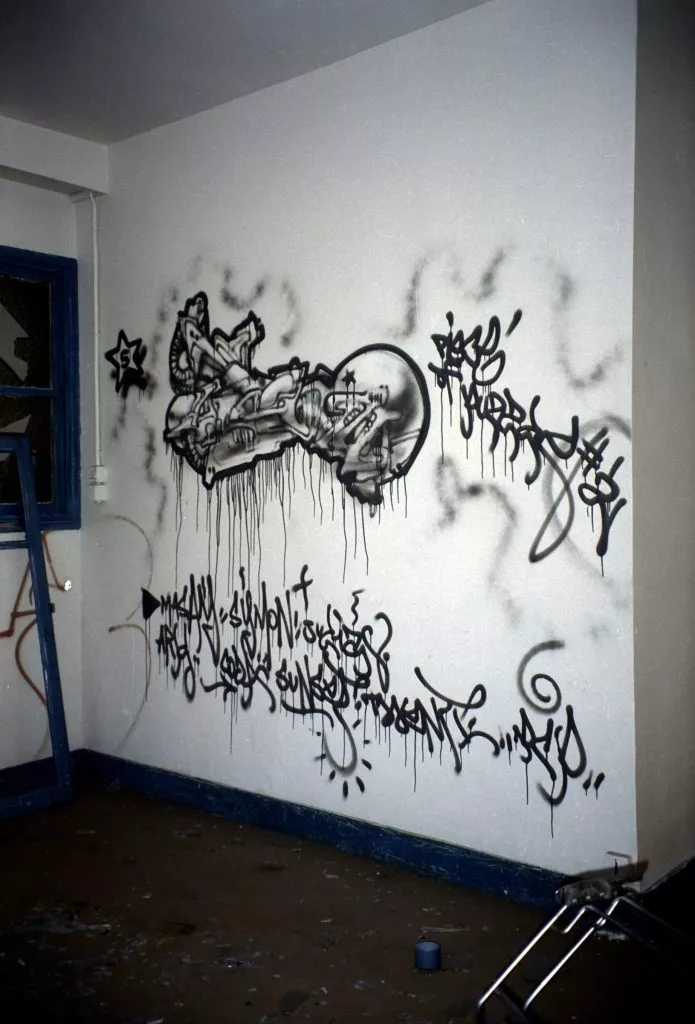
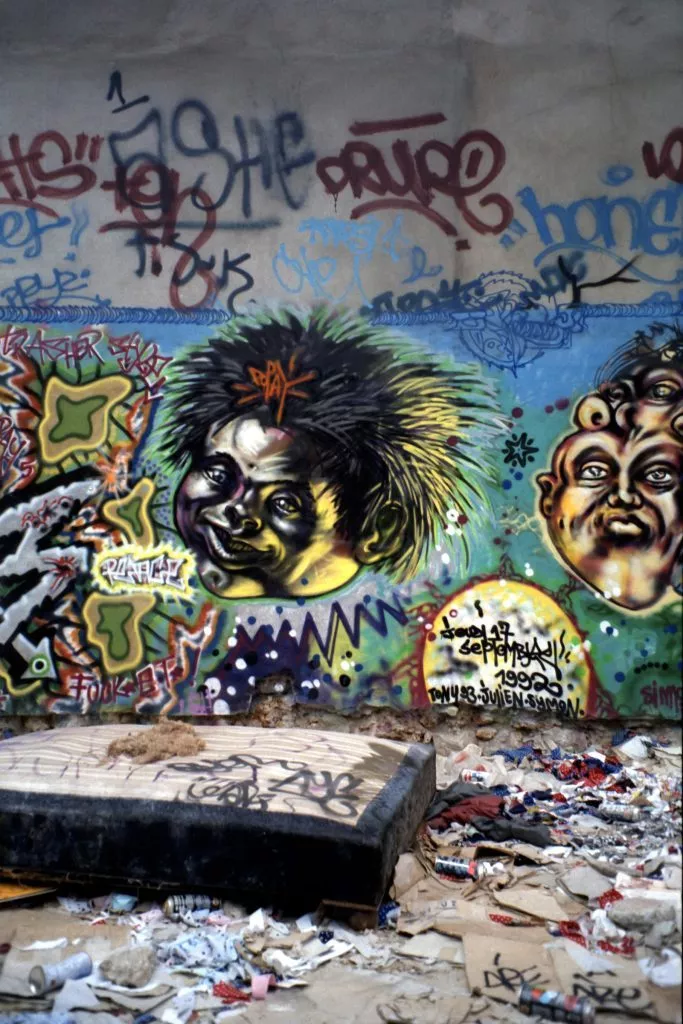
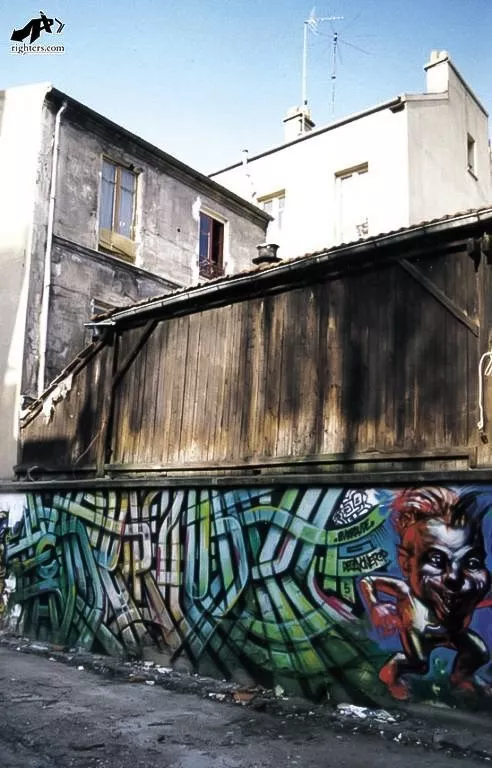
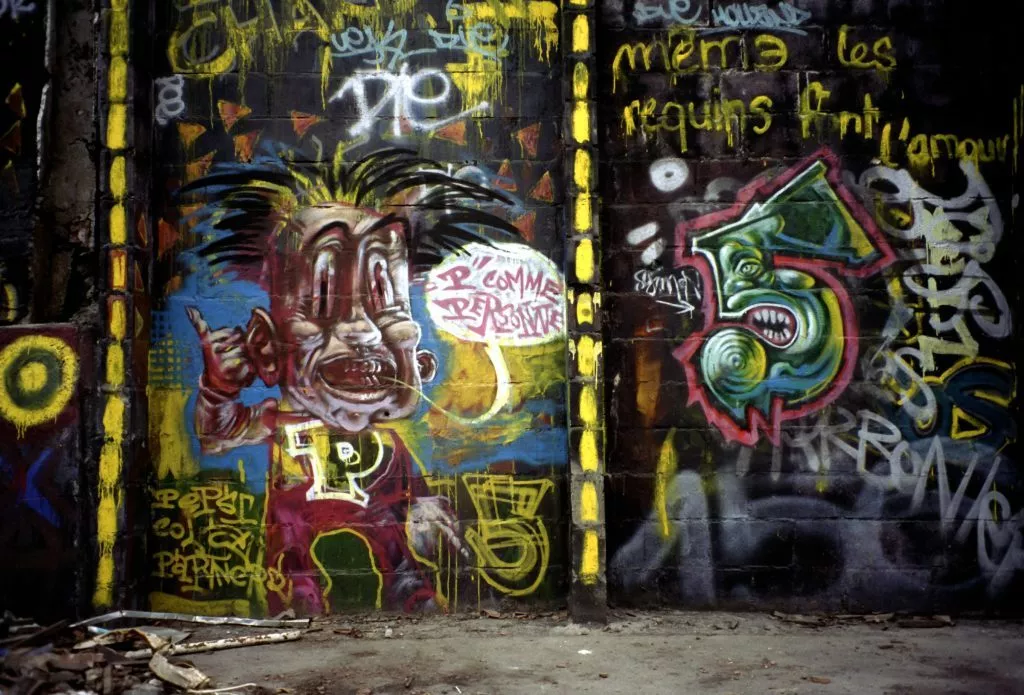
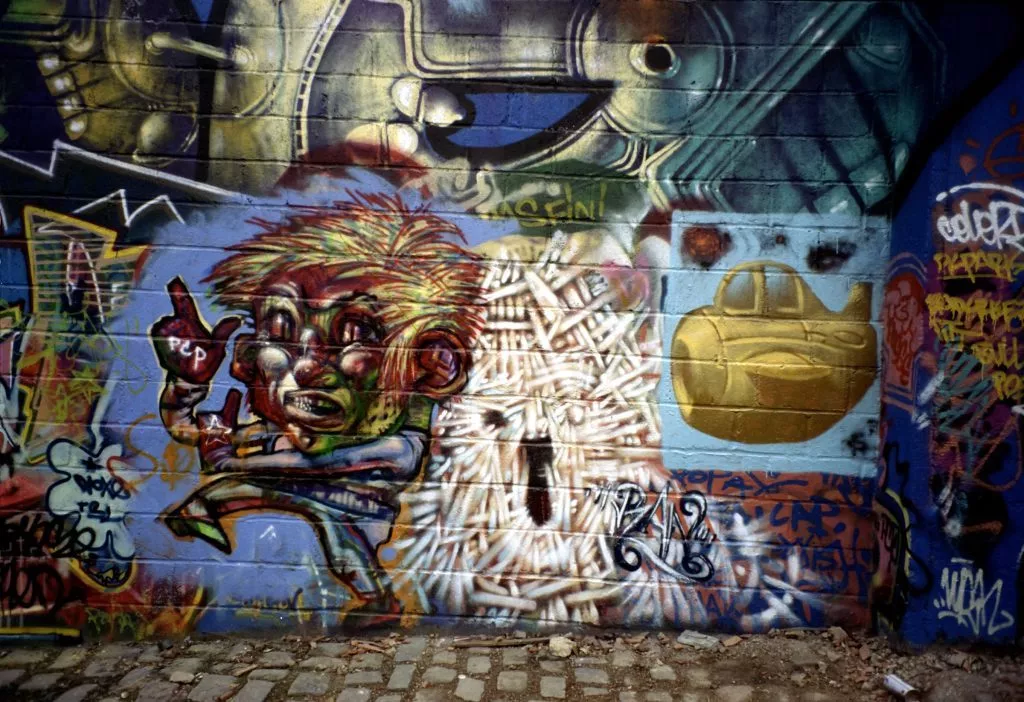
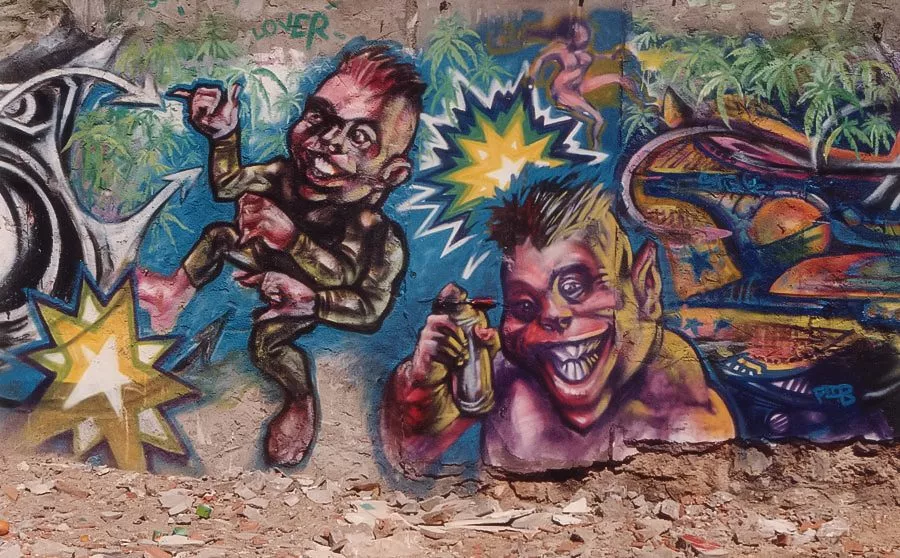
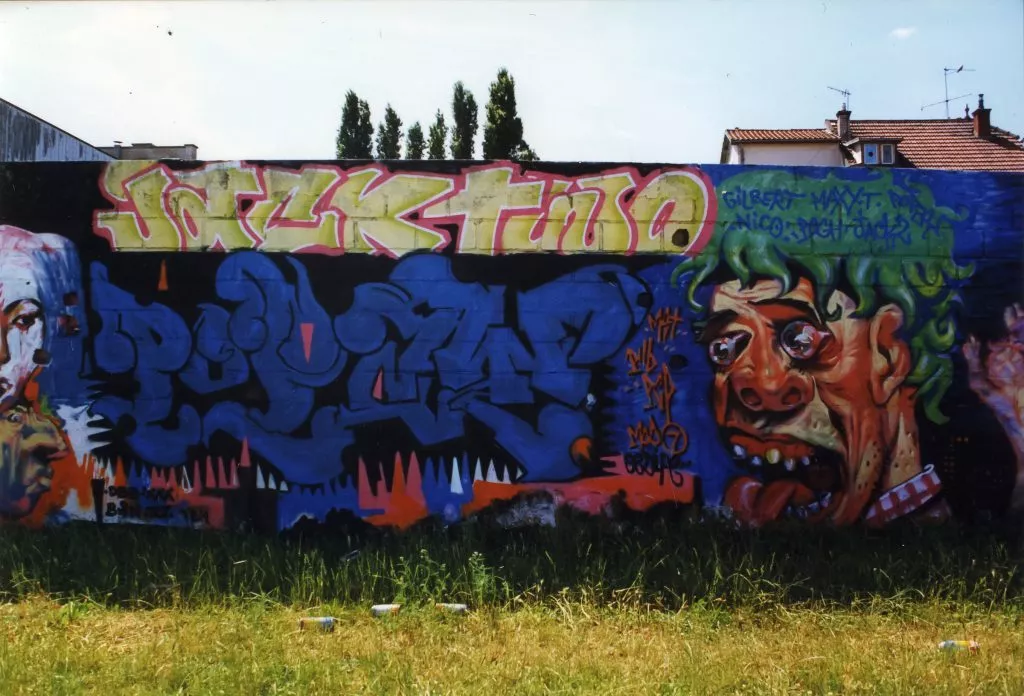
The world of POPAY
POPAY’s artwork is diverse, generous, dense and intense. Despite an elaborated painting technique, his work stays spontaneous and emotional, the gesture being essential to the artist. The artist mixes realism and fantasy and creates disorienting, chaotic scenes, with narrative to be read and many details to be discovered in most of his works. His universe invites us in an organic jungle of colors and biomorphic volumes, populated by strange creatures, mostly stemming from dark fairy tales. His human, big-headed figures with small limbs are expressive and disturbing. His imagined scenes are disconcerting, placing life of the physical as well as the social body in the focus of his work. The painter is using dark and accentuated outlines, creating sculptural volumes in a range of dense and powerful colors – dominated by blue, green, red, orange and purple, his scenes end up in luxuriant, seemingly screaming combinations. POPAY’s scenes are challenging for the viewer, the mind needing some time to decode the sense of the pictures in order to discover all the elements and decrypt every detail.
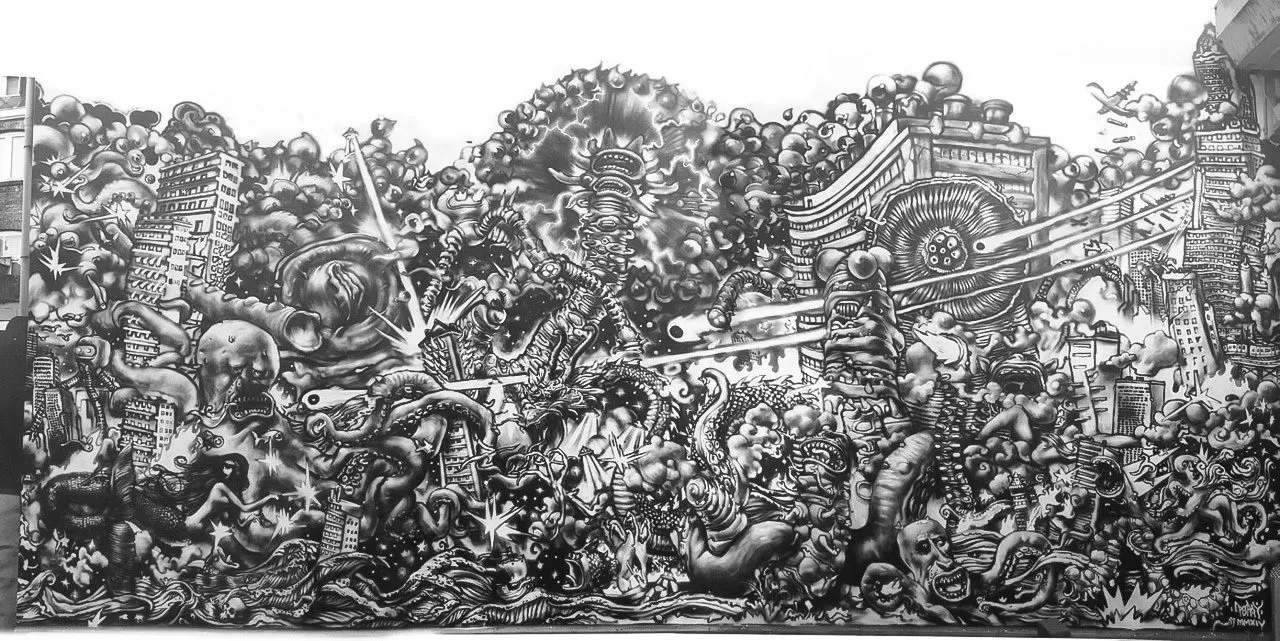
In some of his works in the 2000, he dissolves figurative forms, becoming nearly abstract, creating accumulations of detailed simple biomorphic elements that seem to be alive and in movement. POPAY creates a bio-organic freestyle from the graffiti writing culture, and mixing in a way aspects of early compositions by JonOne and Giger’s biomechanics. From this he develops what he calls a bio-organic style, both on walls and canvases, without perspective, like painted bas-reliefs and explosions of shapes. In his paintings POPAY is working like a colorist, he works directly with the acrylic paint most of the time, creates the images in a kind of grid, growing from inside to outside through a process of transformation. Sometimes, he archives different stages of his work in progress though photographs that capture moments of transformation and spontaneous stages of creation. Besides his painting practice, his first artistic practice as a child, the drawing, has always been present in his research of new expressions through sketching. The graphic works like original drawings, prints and illustrations are an important part of POPAY’s artistic production.
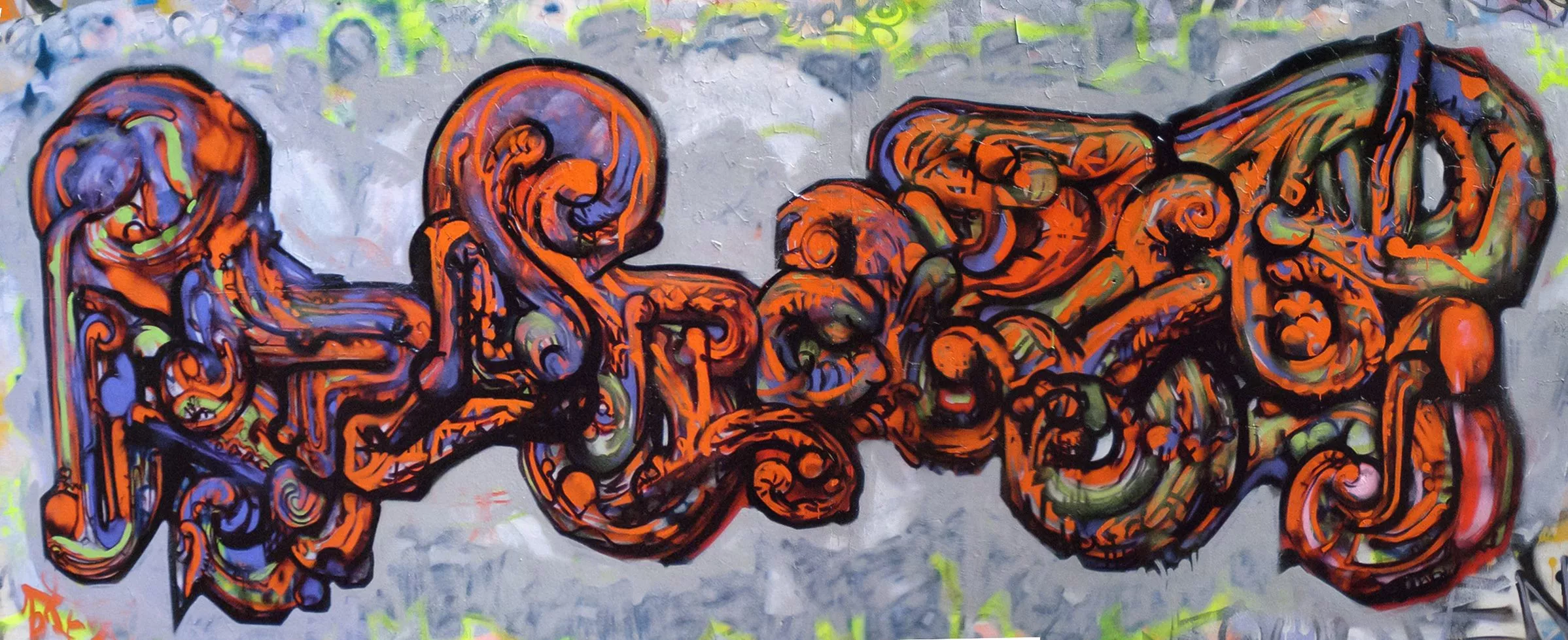
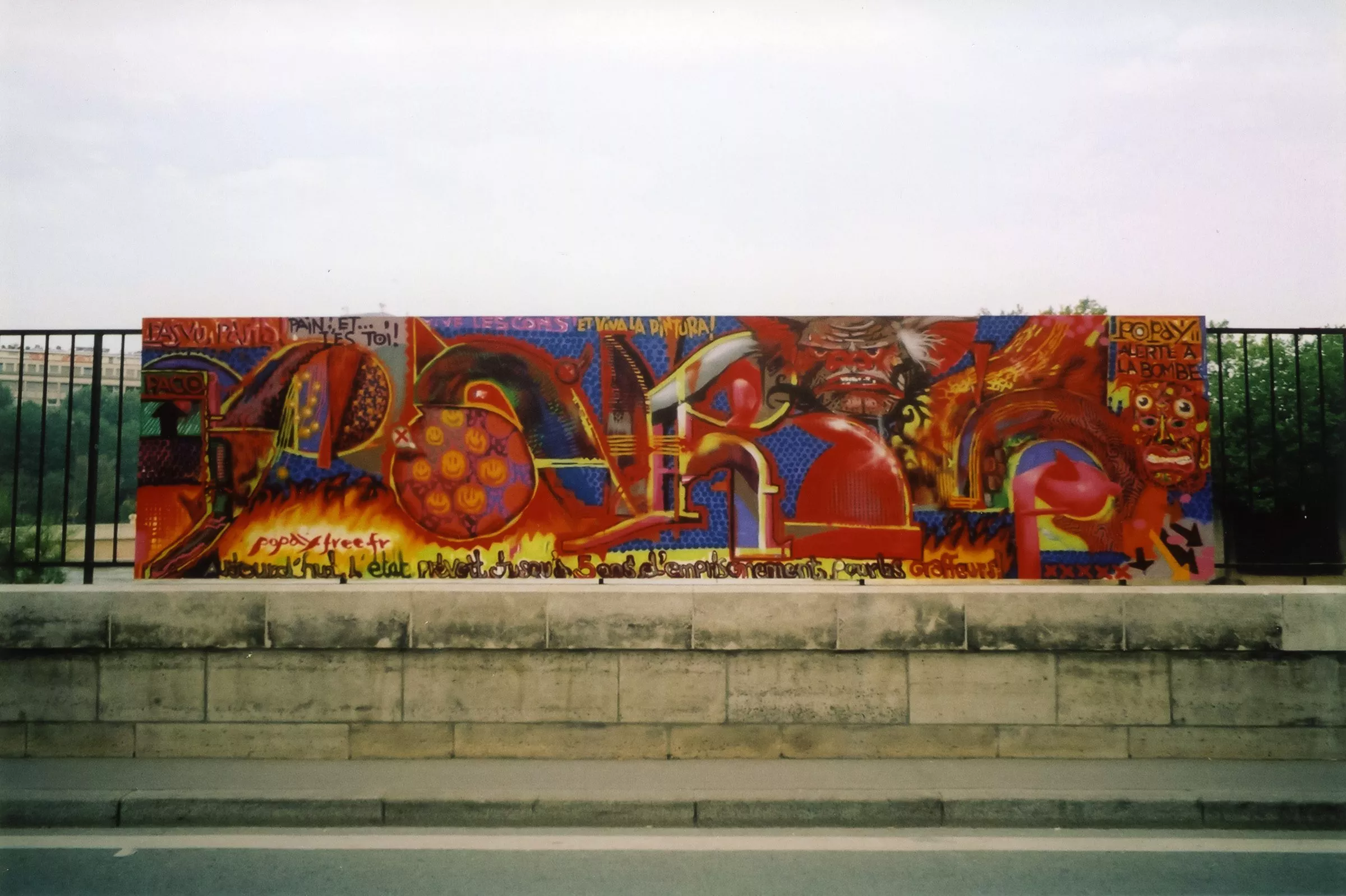
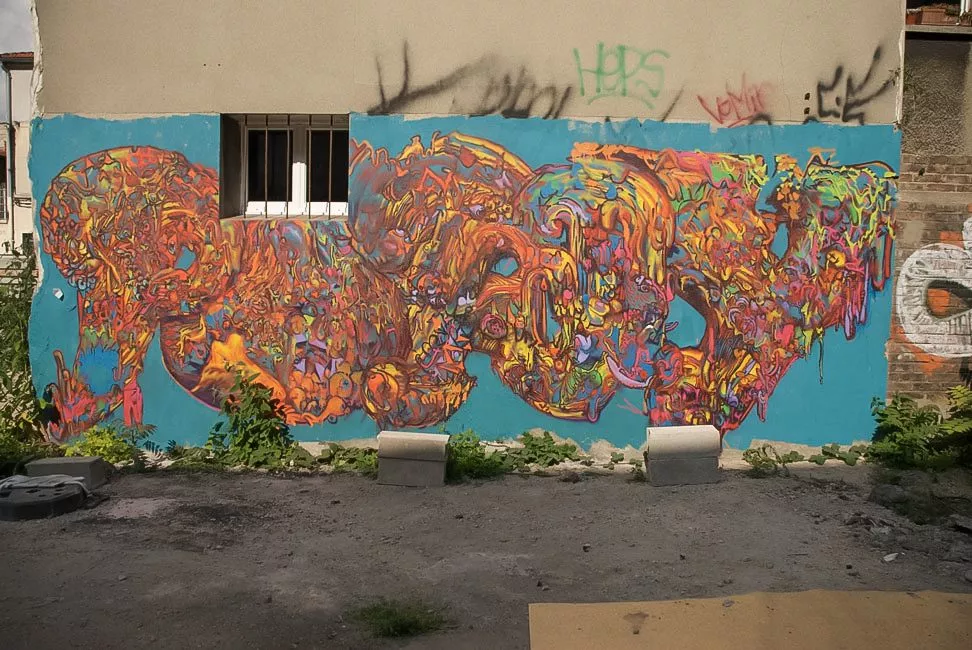
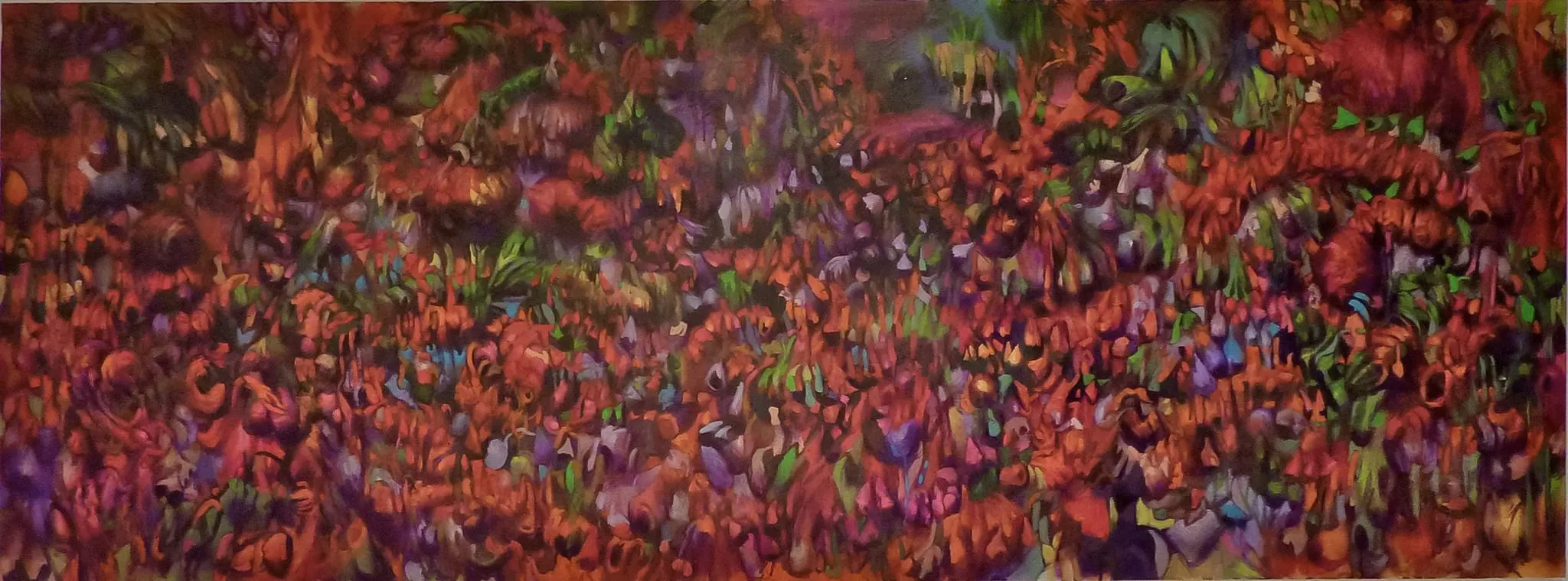
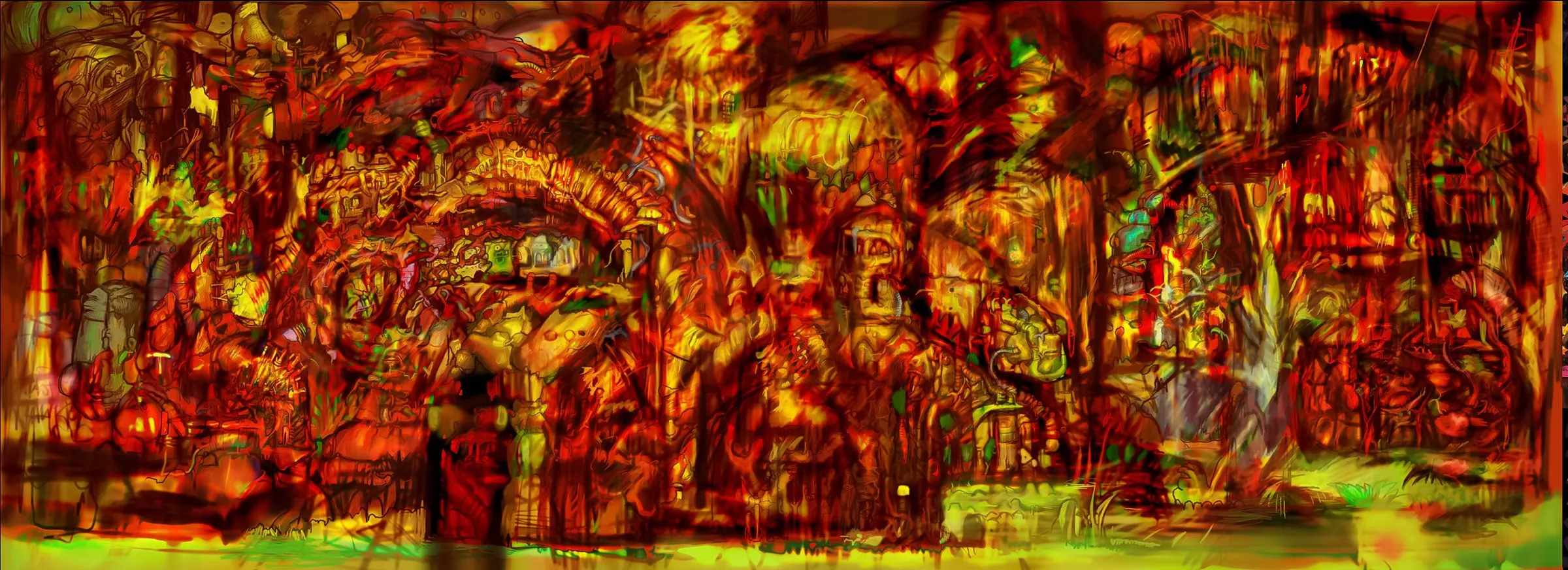

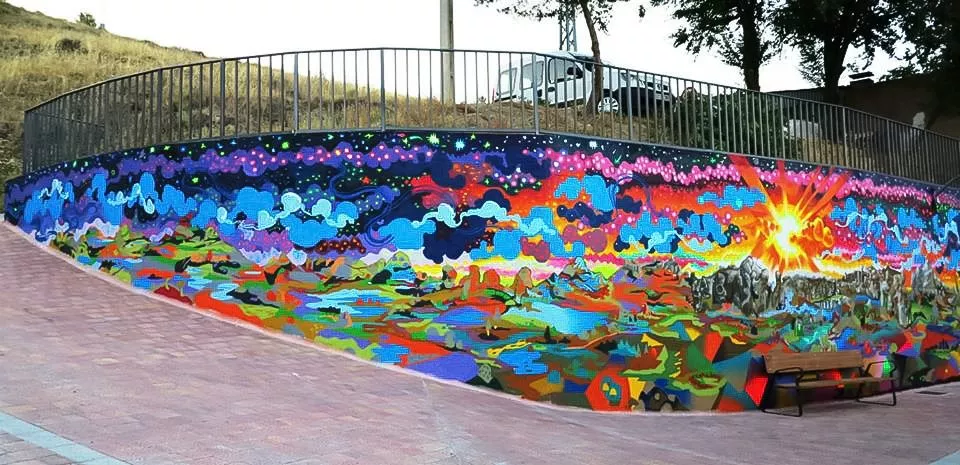
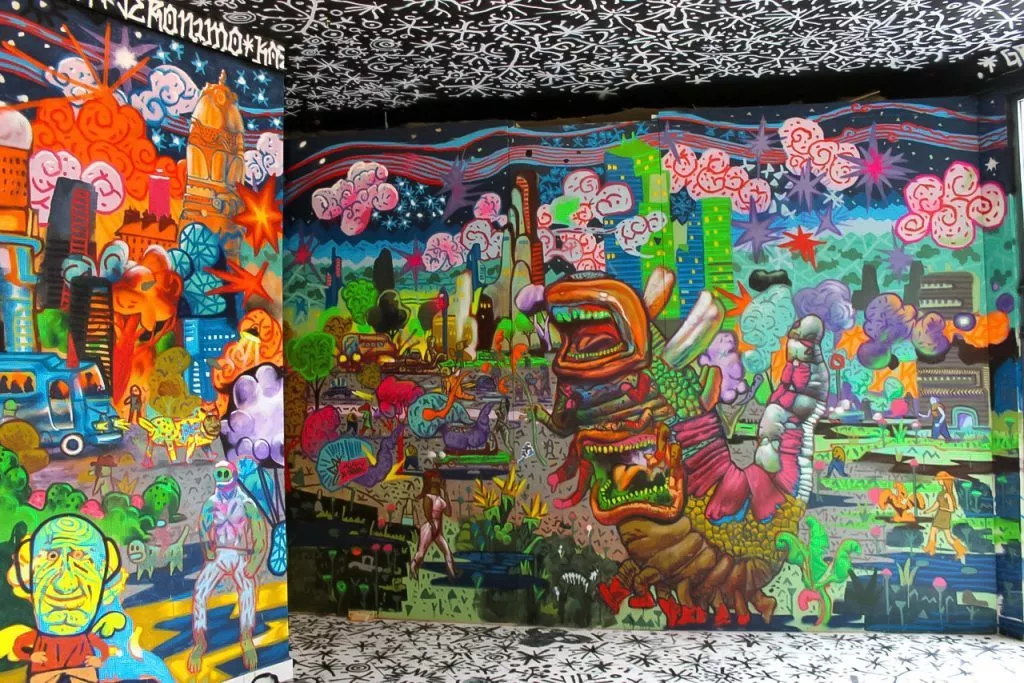
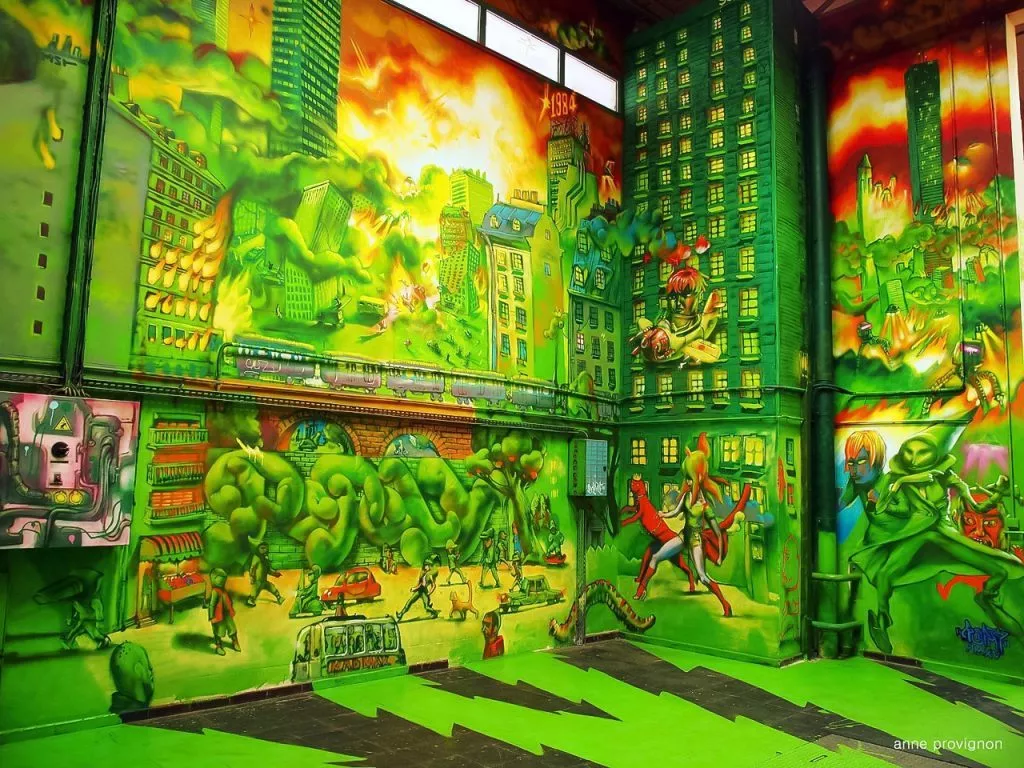
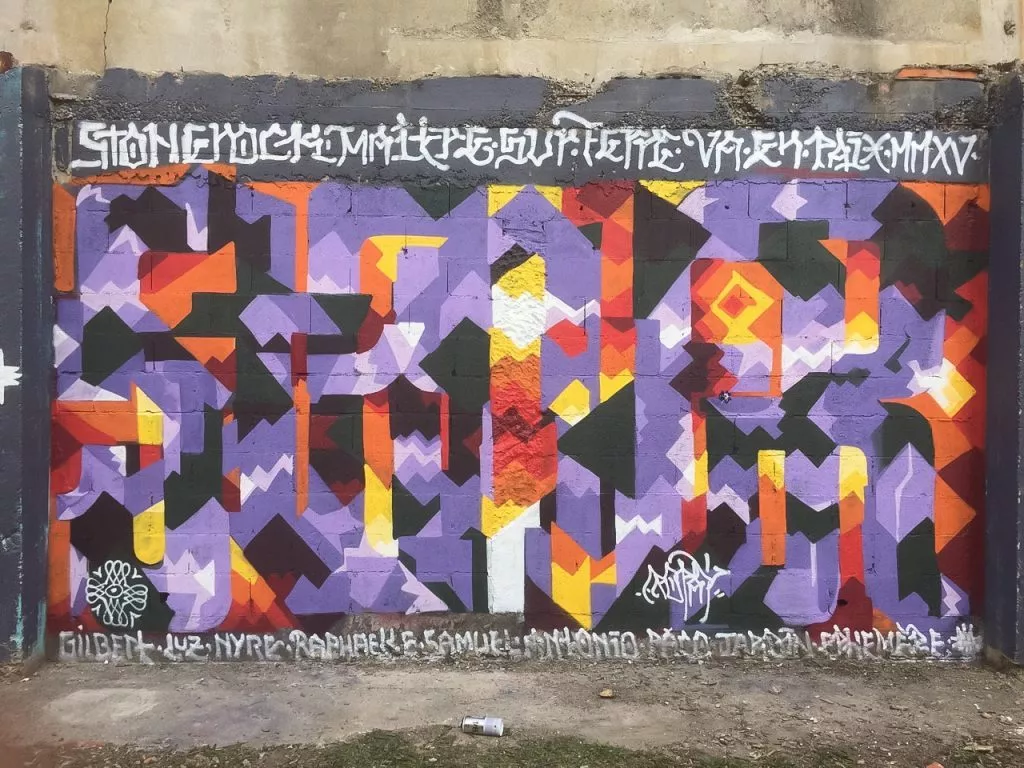
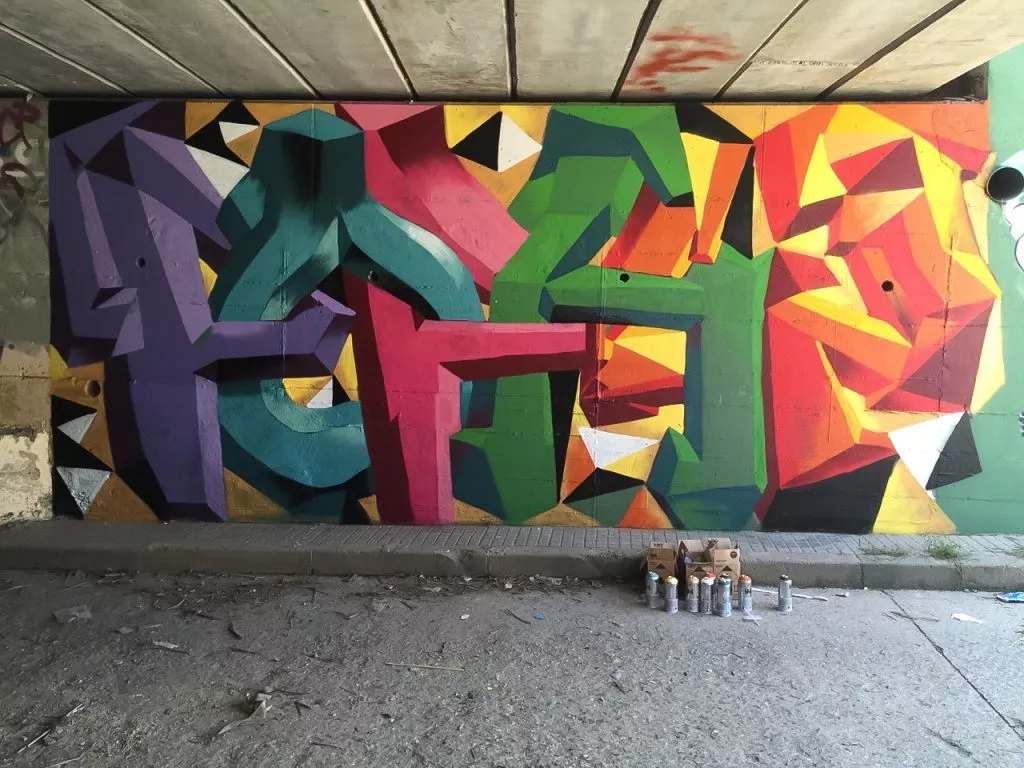
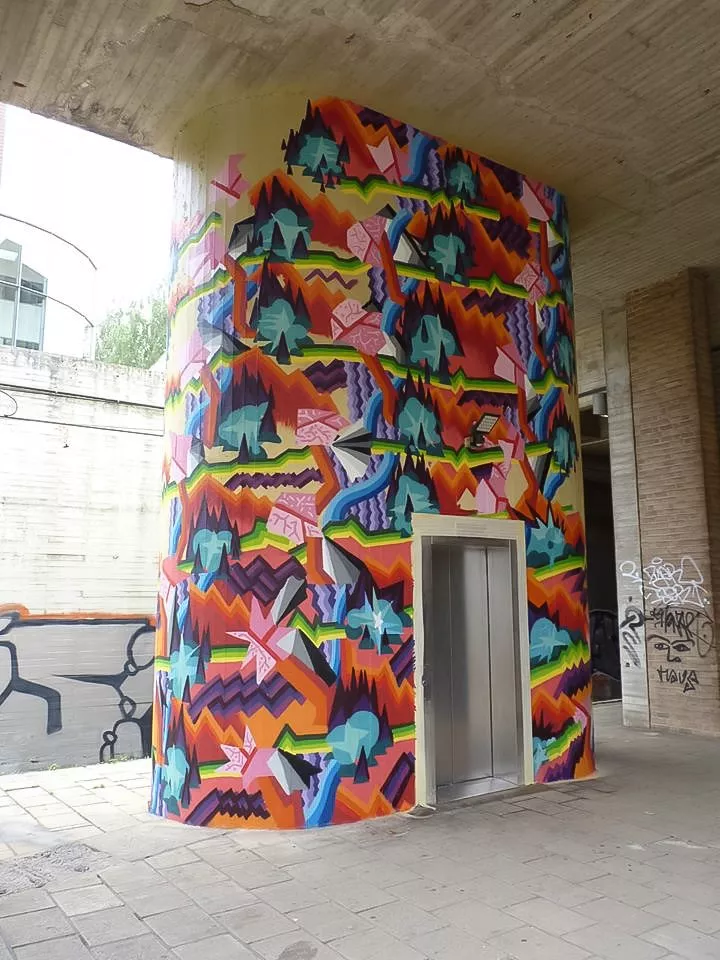
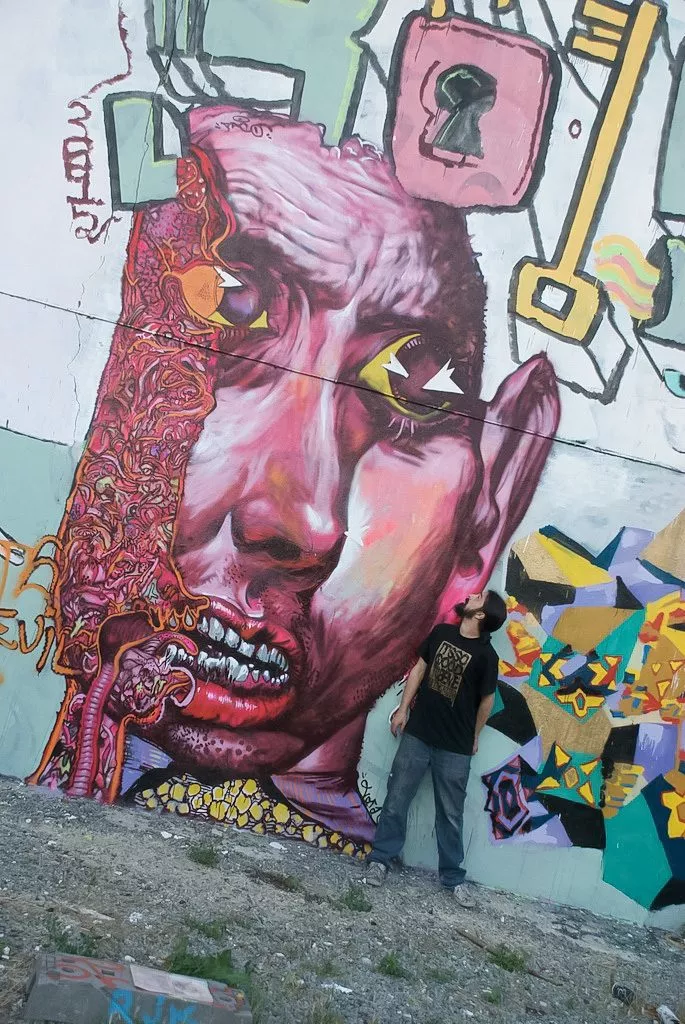

The series of city landscapes
Since 2016, POPAY paints series of city views, city landscapes, which started with the frontal view of facades. Later he felt the need to create whole cities, to represent the urban with its human life and traffic in between the buildings. The represented cars, humans or animals are rushing through the streets, standing on top of buildings, and painted in different scales. These fantastic paintings are full of details and remind in a way hidden object pictures. As extracts of city landscapes, they are painted with an axonometric perspective of a bird’s eye view. Often used for video games of top views, the perspective allows to keep the same scale and to create an endless horizon. Inspired by comics, by the Argentinian painter Antonio Seguí and by the German pixel-art group Eboy, POPAY created his own vision of populated city landscapes. The German collective Eboy from the 90s created digital images, combining motifs done by each member like a puzzle. This puzzle idea is very much present in POPAY’s geometric/graphic series, he paints since 2018 on walls and on canvas. With the base of minimal cubes and lines, he kept the structure of the city views, playing with the constructing and combining of repeated forms while composing. The movements and dynamics of the alignments of the cubes and lines, not straight and irregular, with scale shifts and evolving on the wall or canvas in an organic way, create curves, highs, lows and reliefs like in a landscape. Composed with repetition of a motif like on wall papers but with variations, the recessed shapes are put together like pieces of a puzzle, creating an imaginary view of a landscape. POPAY wants to convey human development, the process of urbanisation with this view in a mosaic and molecular way by depicting sections of a symbolic landscape that is seen from above and can continue endlessly outside the frame. For the artist they contain the opposition and the harmony, the artificial created by humans, symbolized by the cubes, and the natural lines of the nature. The cubes suggest houses or fields, the lines are maybe rivers and paths with the villages build around. Even if these paintings are non-representative, the way of depiction, the color palette and bend forms remind the figurative works by the artist.
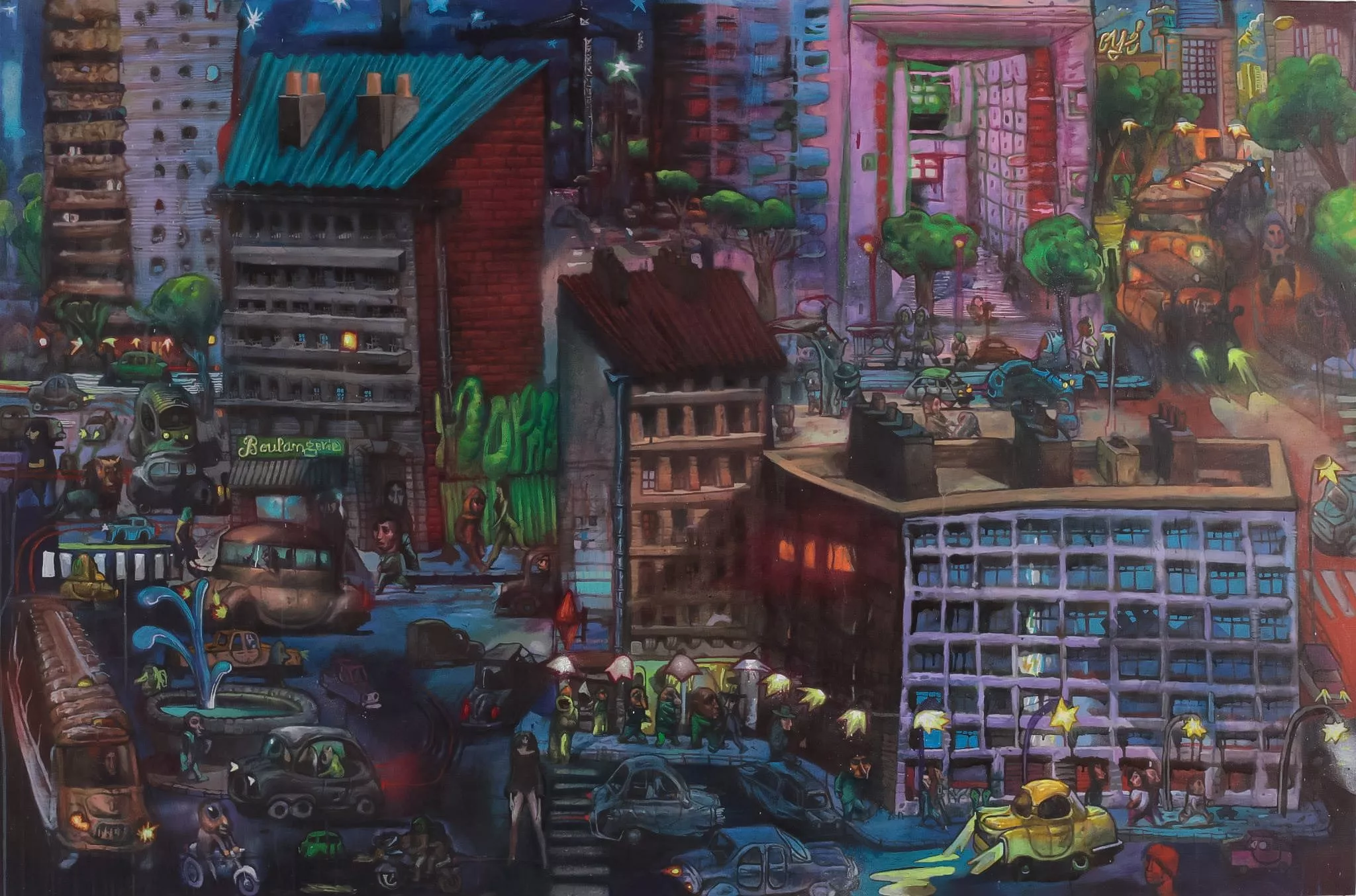
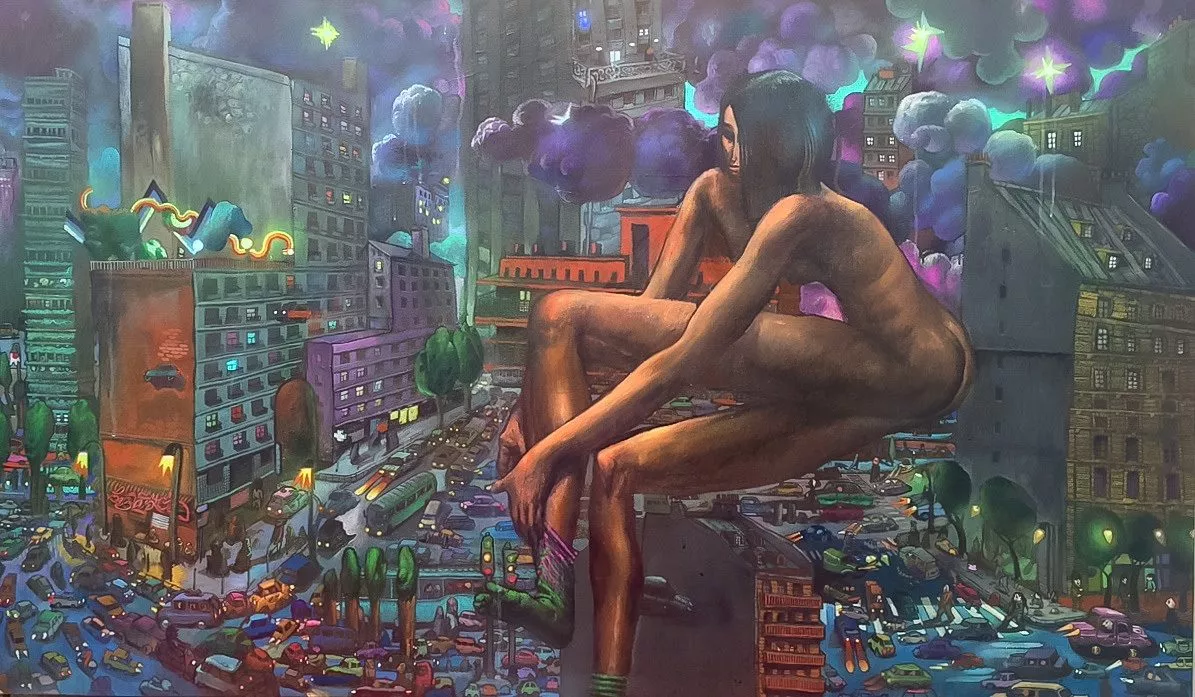
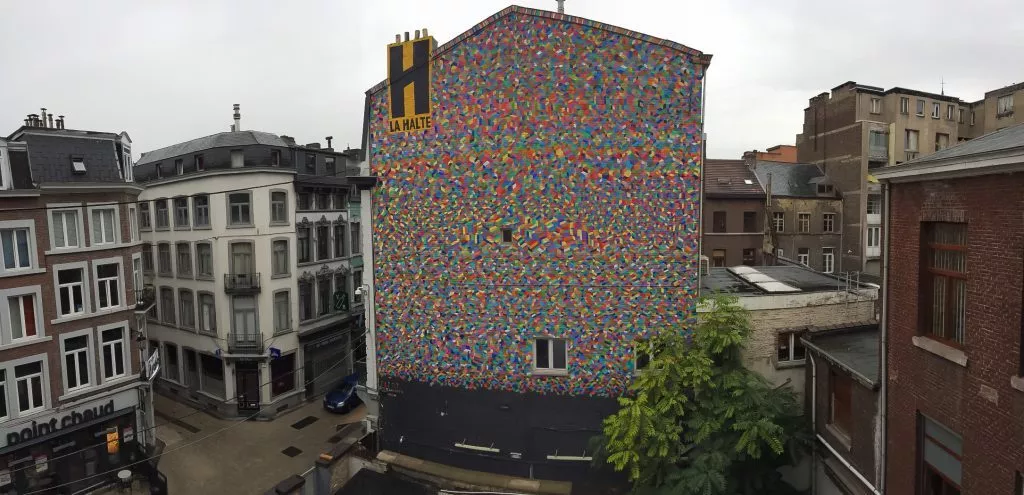
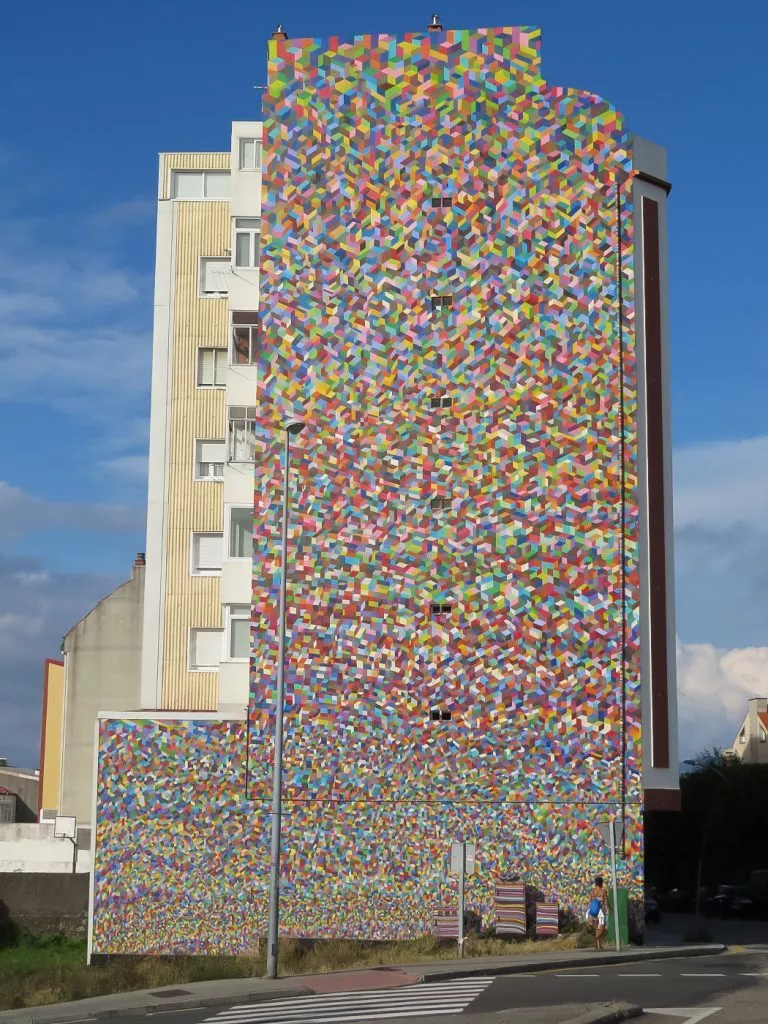
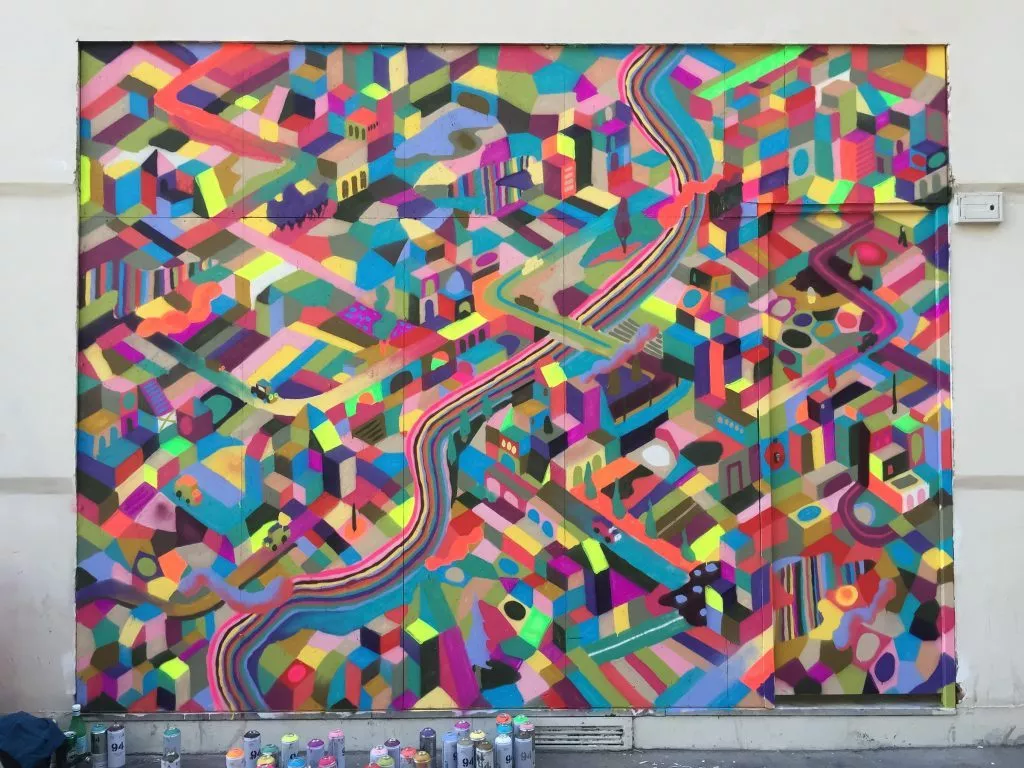
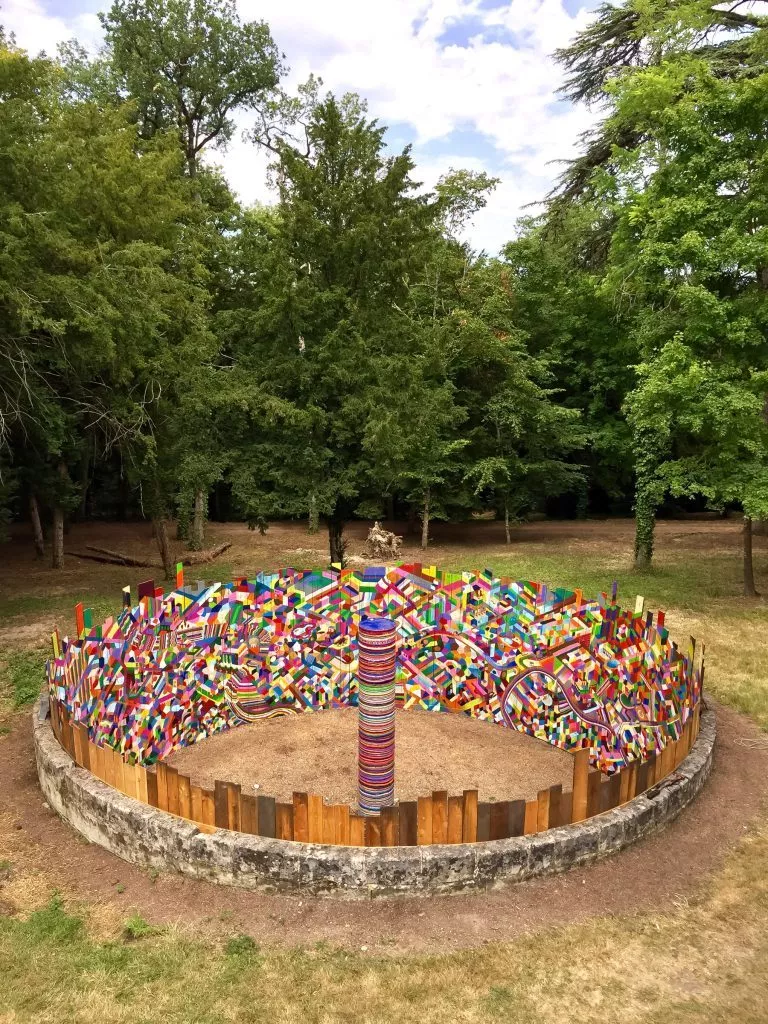
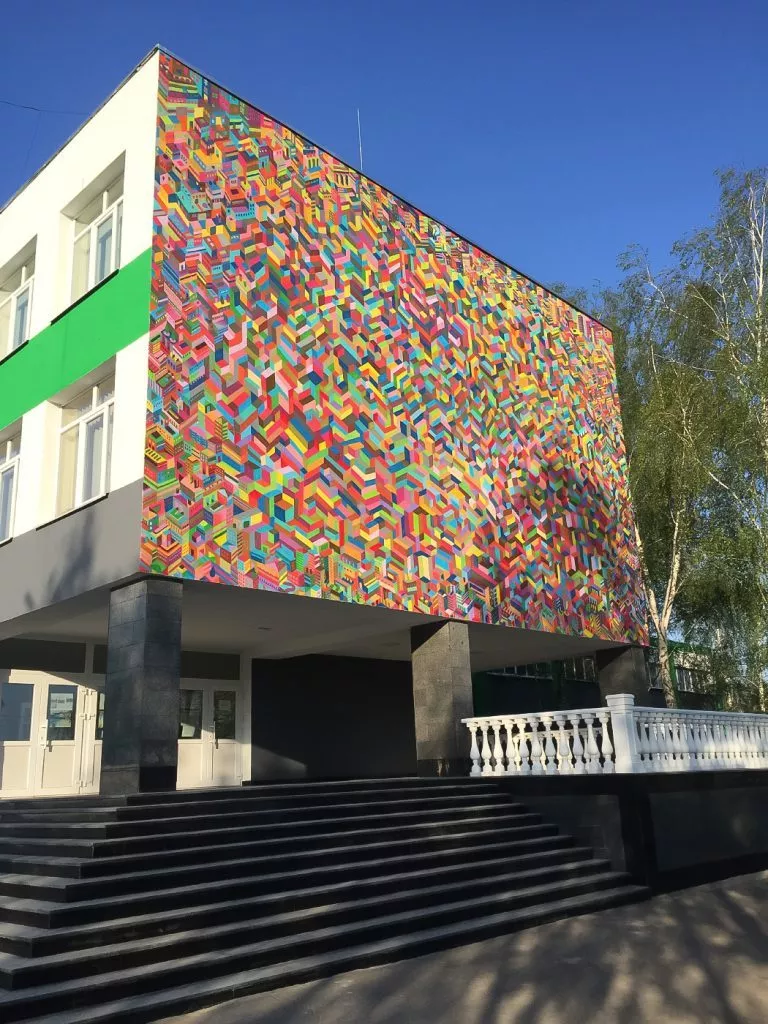
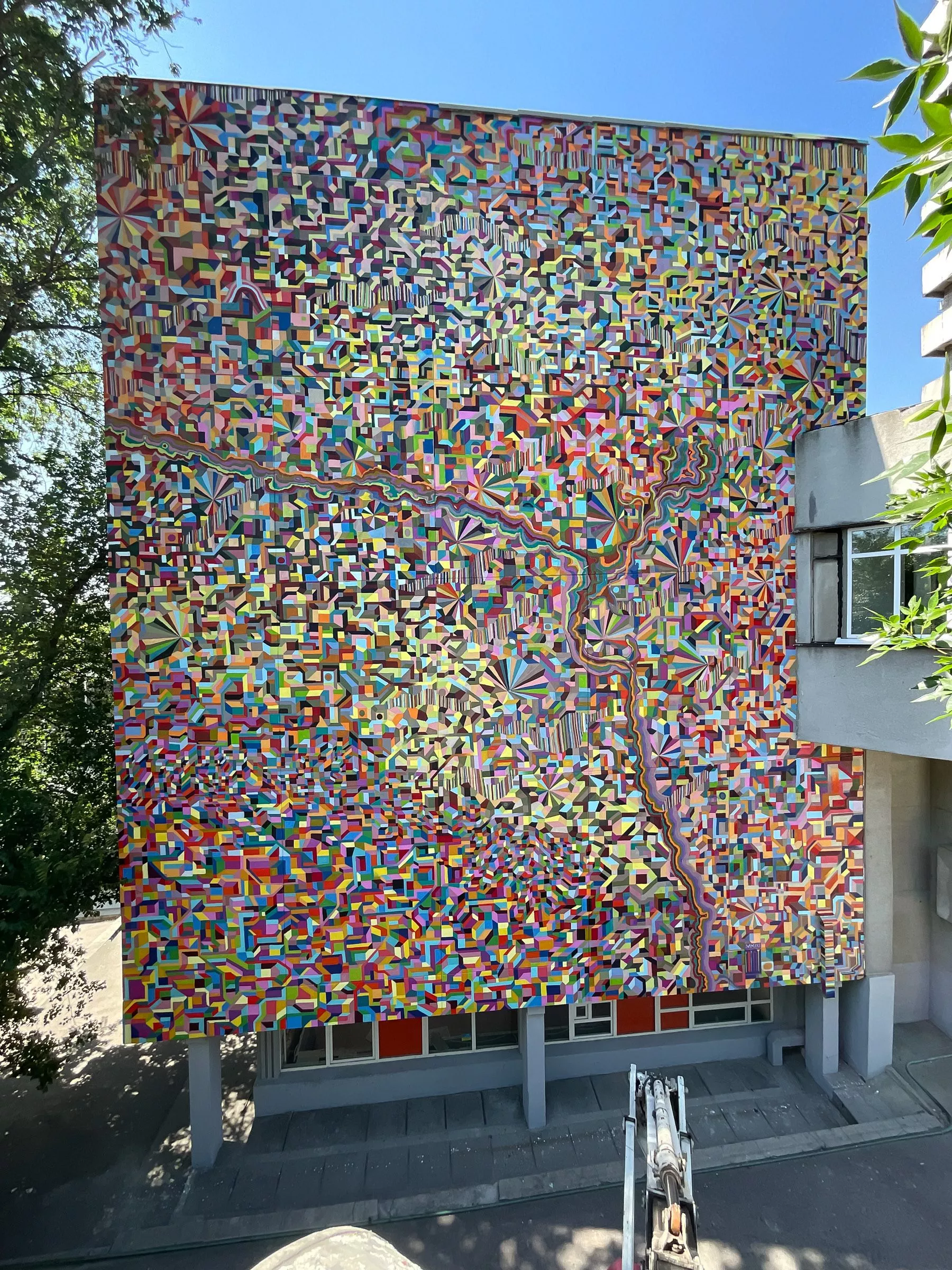
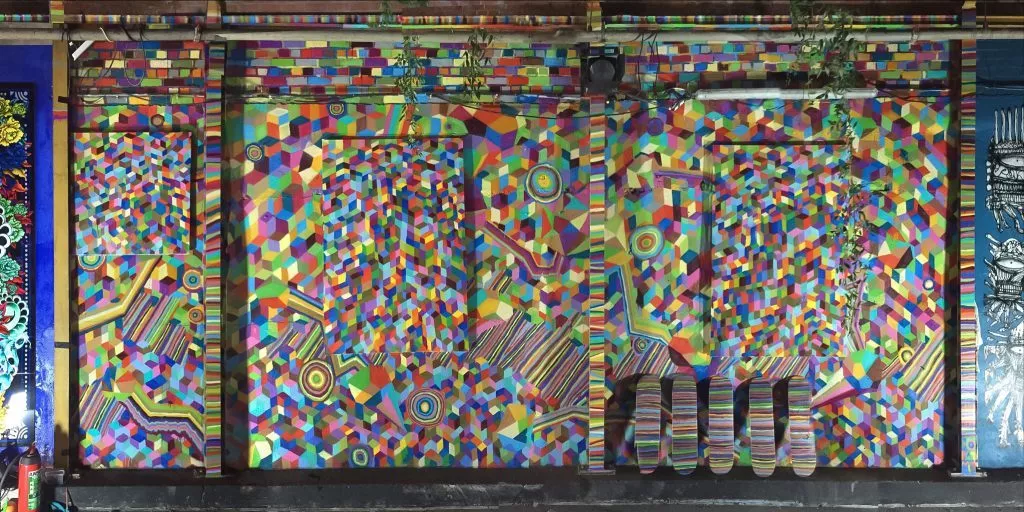
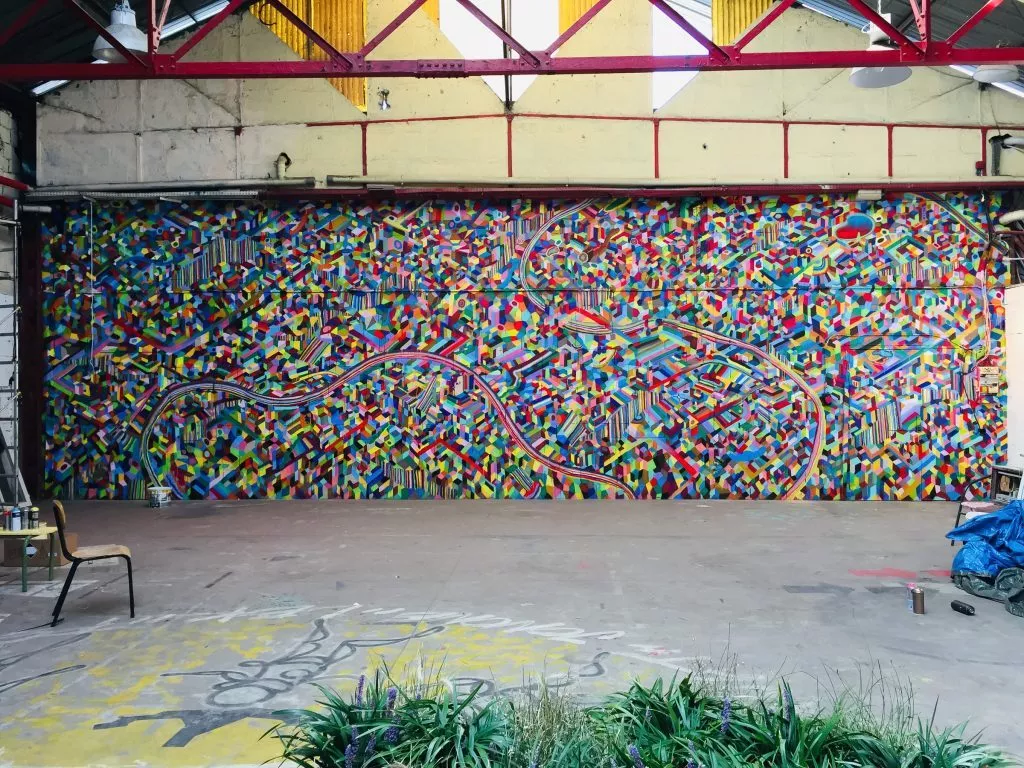
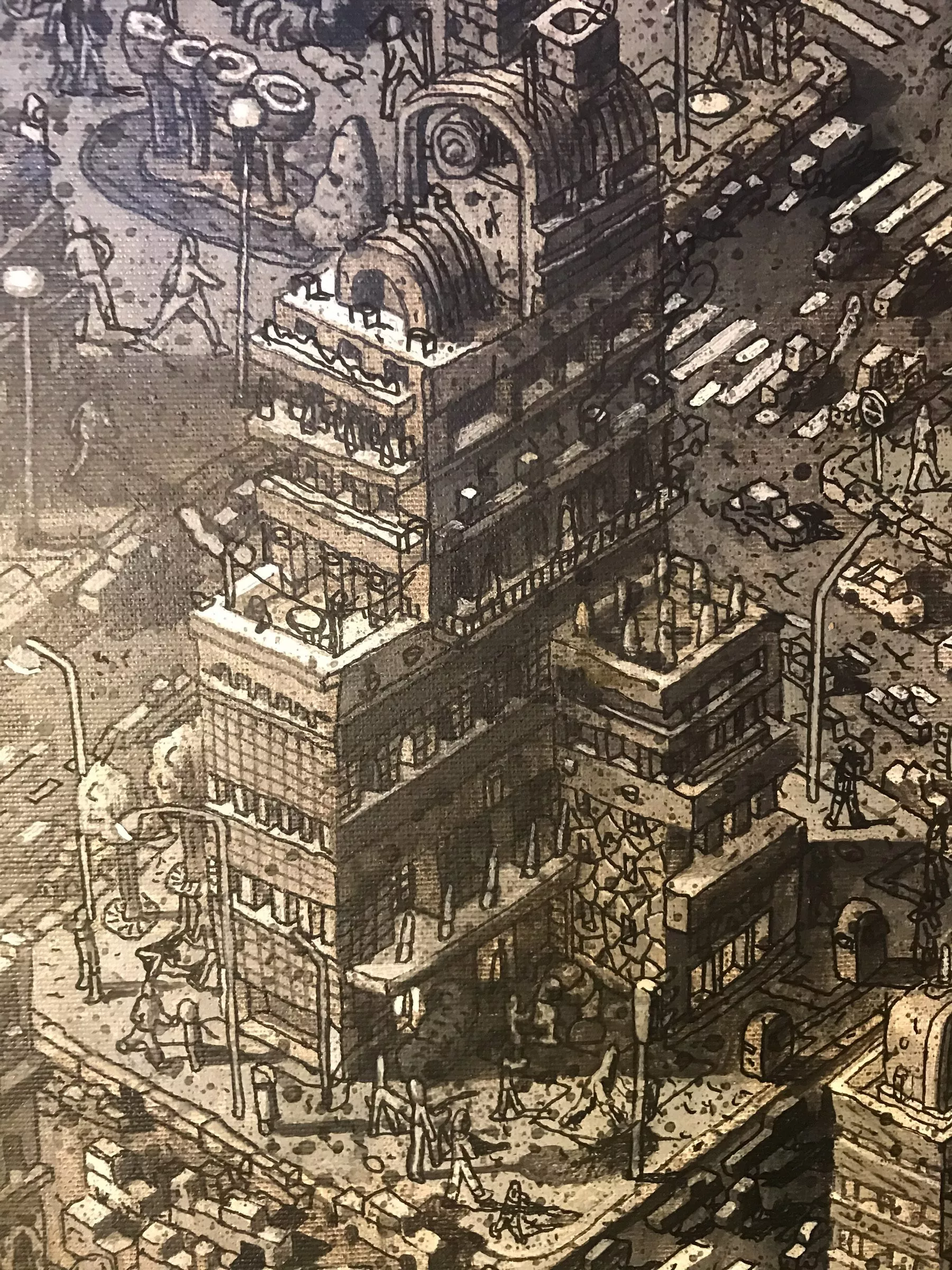
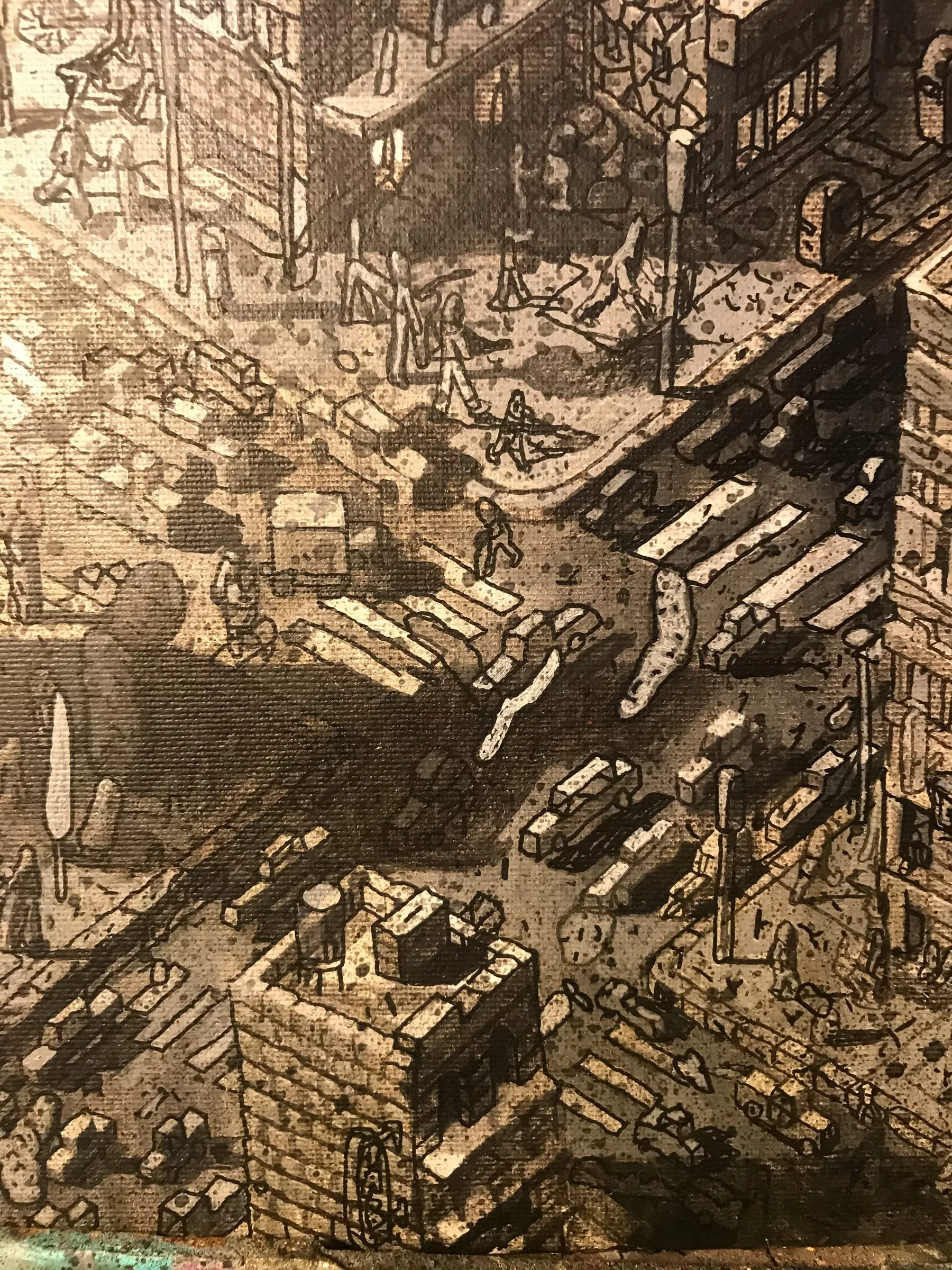
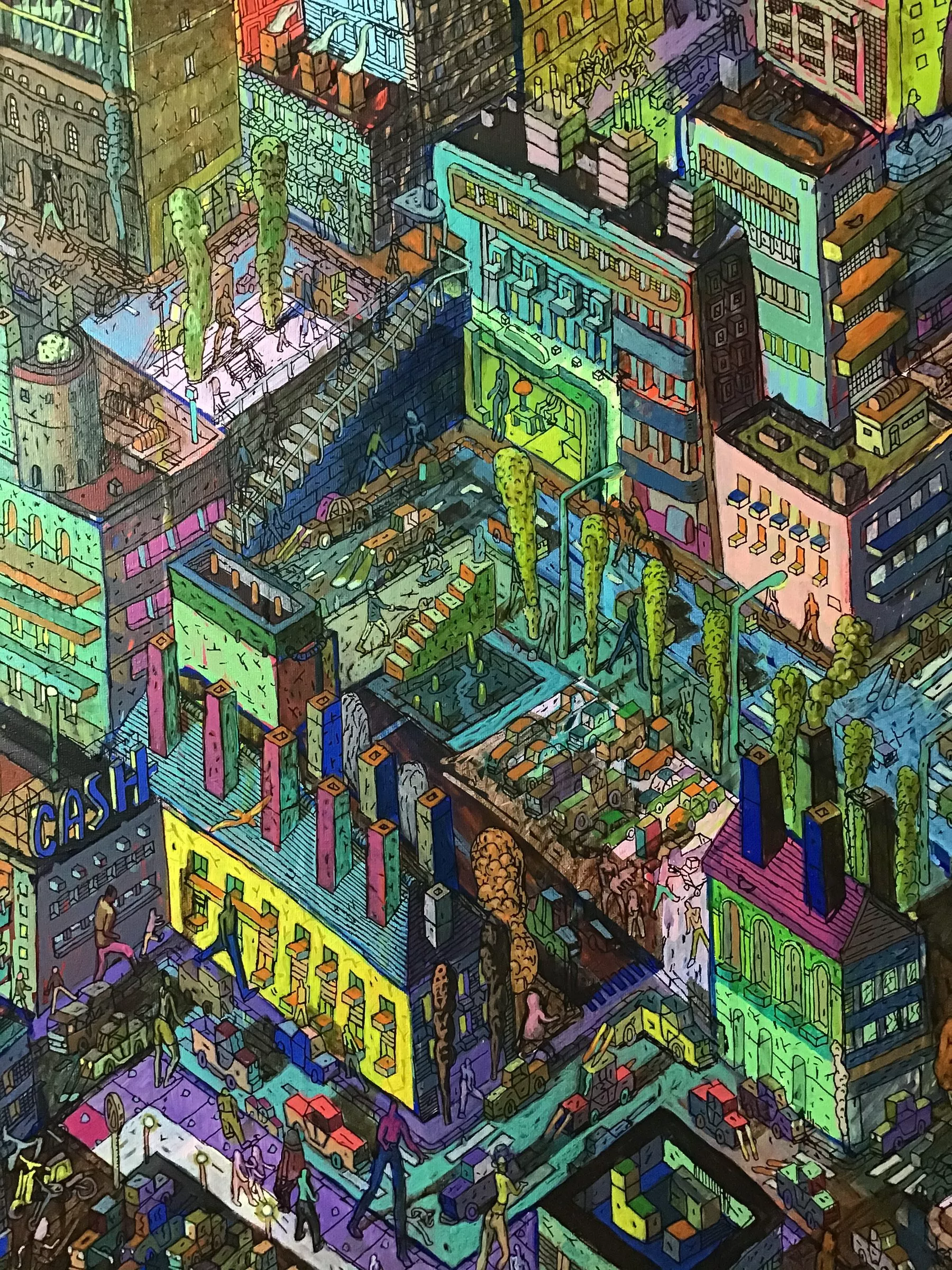
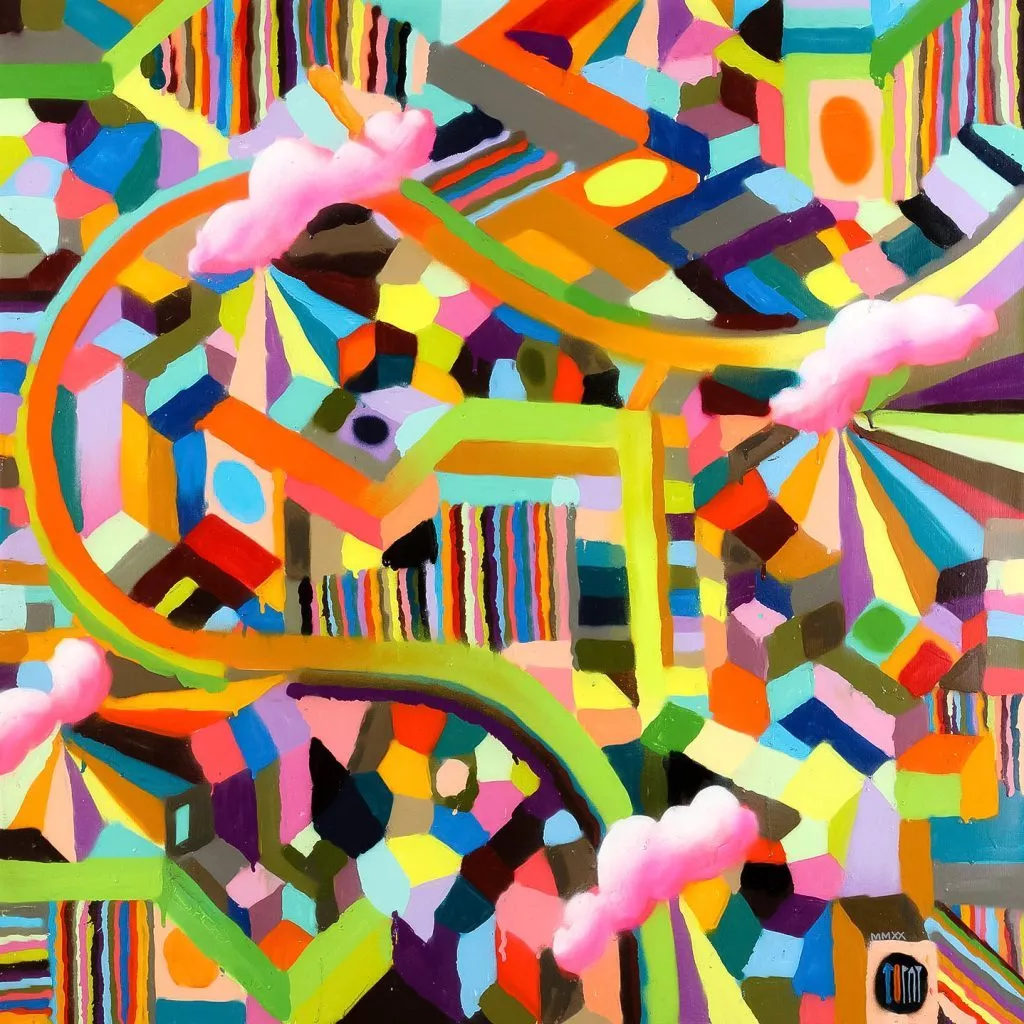
The human society
In general POPAY’s work doesn’t leave the viewer indifferent. His art work is not there to please but rather to irritate and shake things up. The disturbing and mysterious character of his work hides the moving sensitivity of the artist who is expressing a personal, imaginative vision of the world through his art work. Rebelling in a way against human society, social injustice, misery, lies and human mediocrity, some of his figurative works remind us of the close proximity of opposites in life, such as big and small, beauty and ugliness, pleasant and unpleasantness, reason and madness, happiness and sadness, and therefore the human condition. In over 30 years, POPAY always surprises with his expressive visual language, new series and uncommon works with his provocative and oratorical style, that make him an outstanding figurative working post graffiti artist of the early graffiti generation in France.
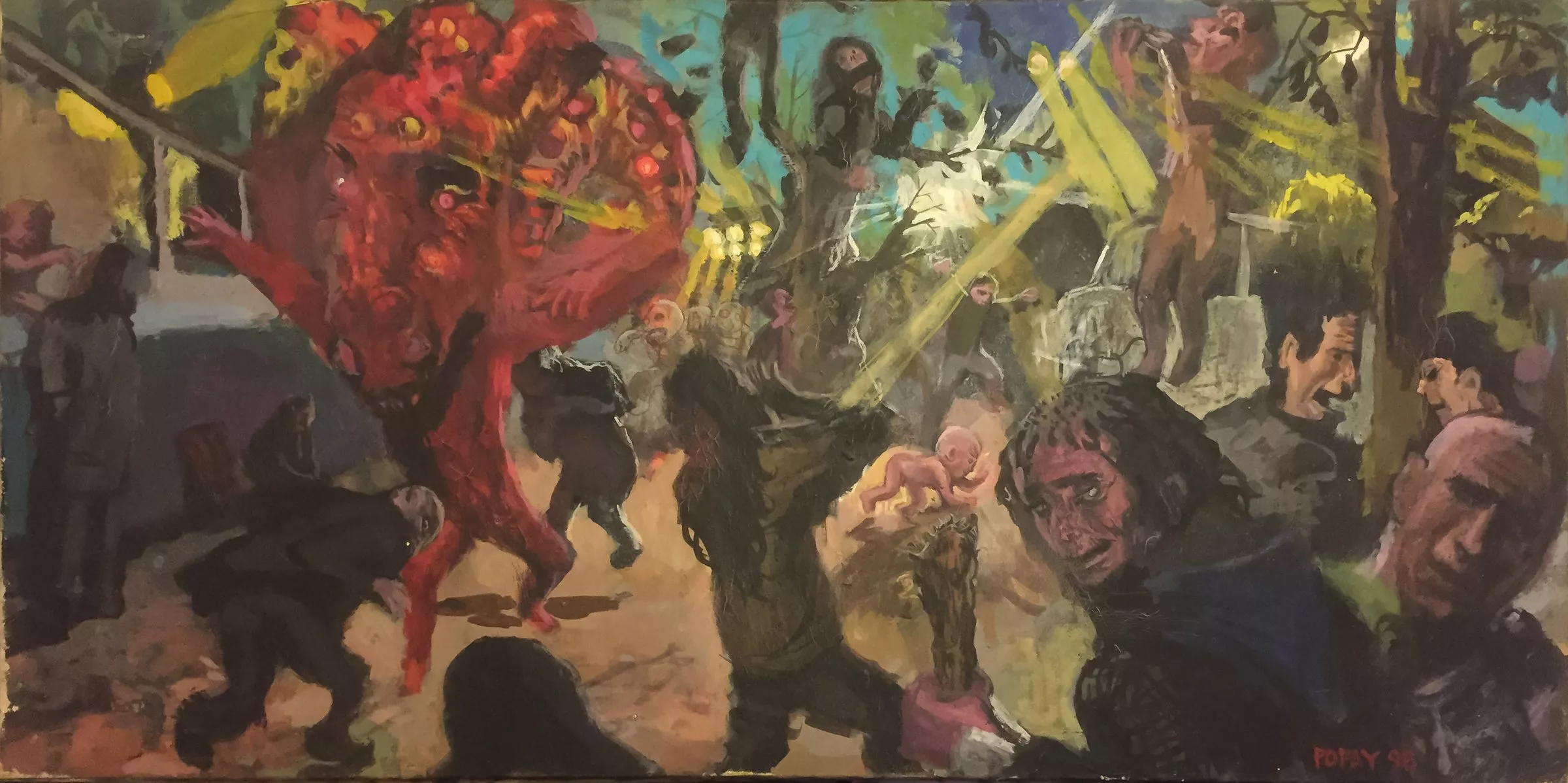
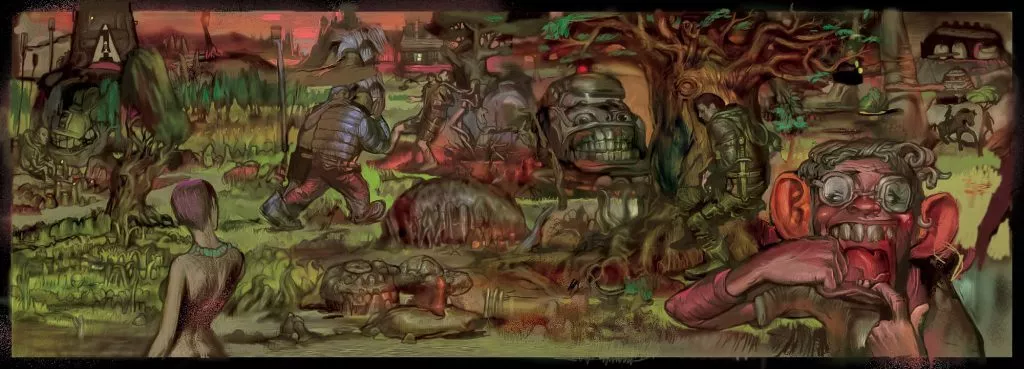
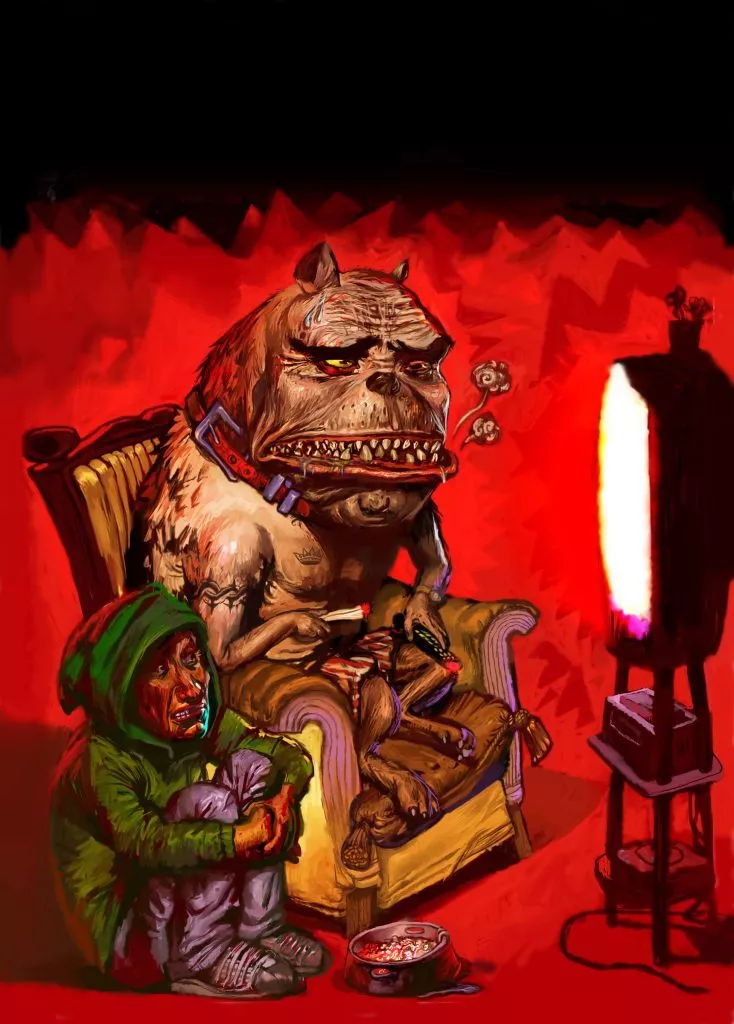
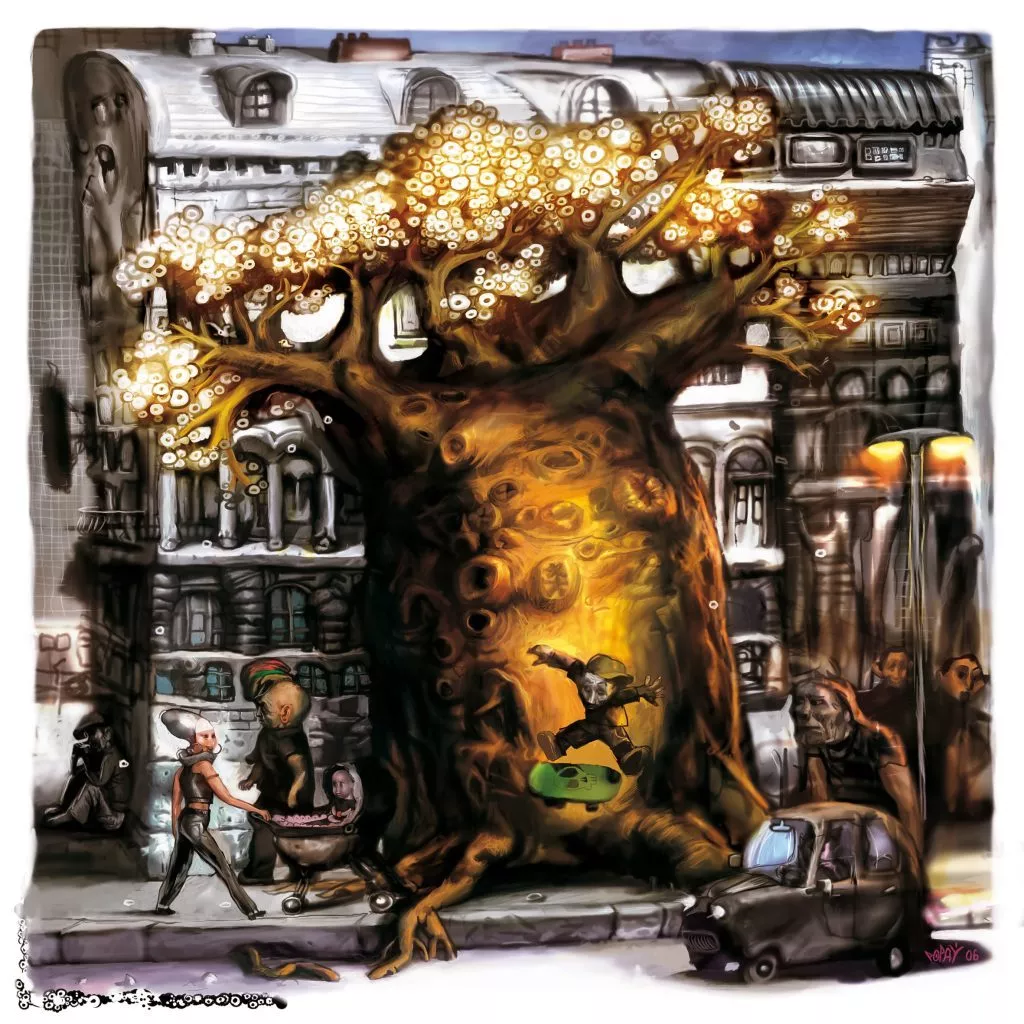
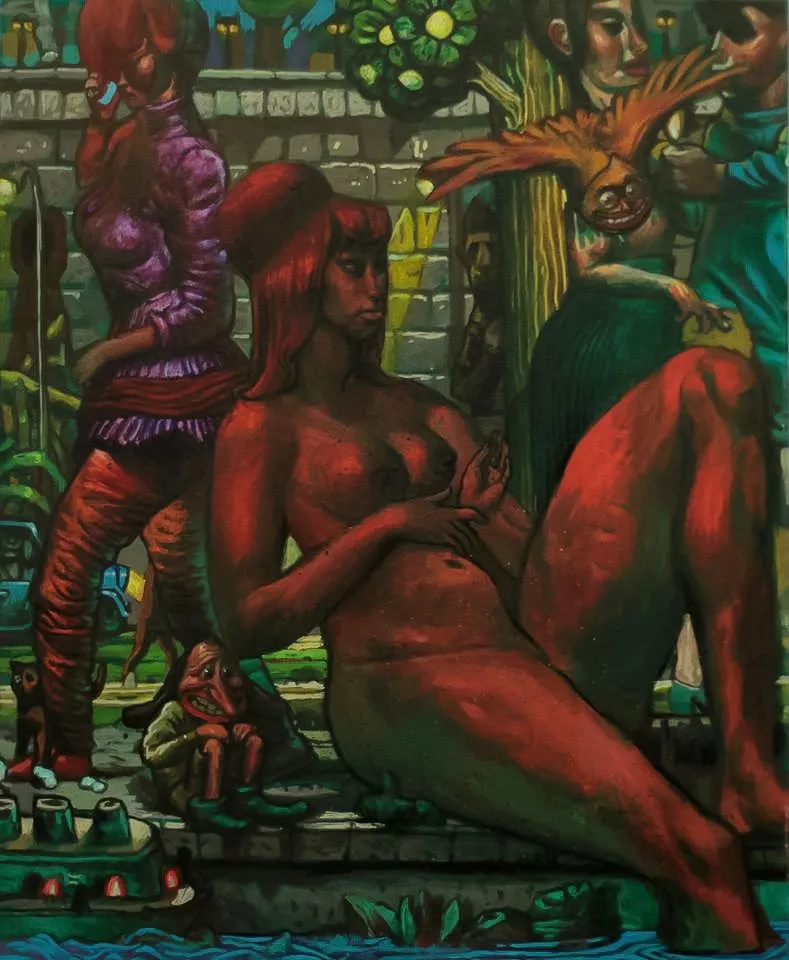
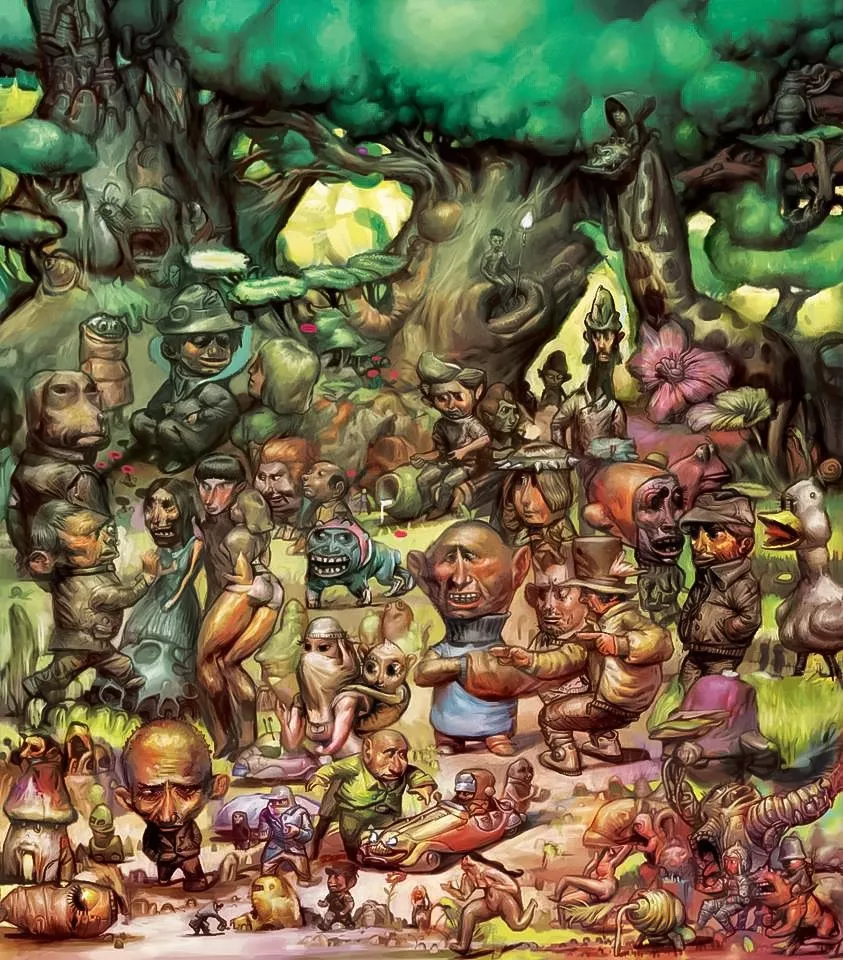
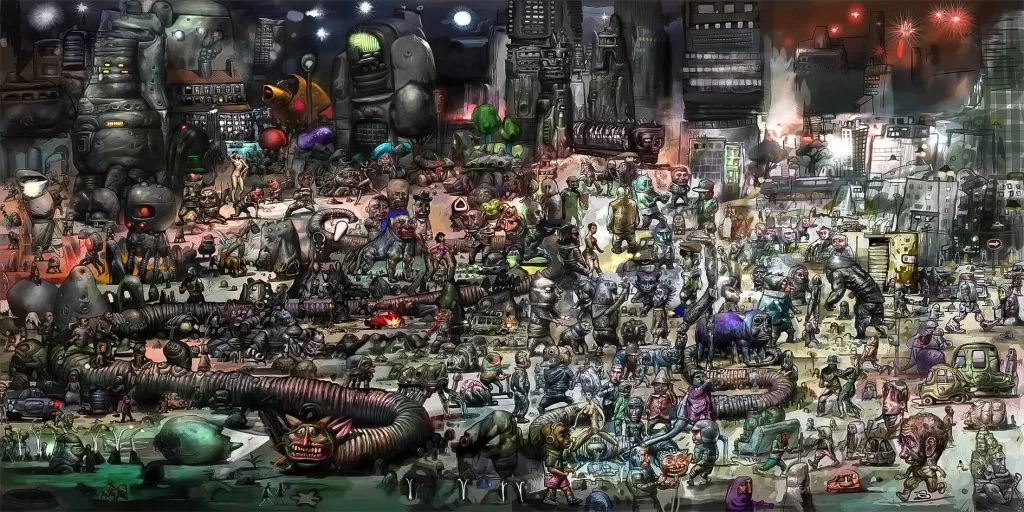
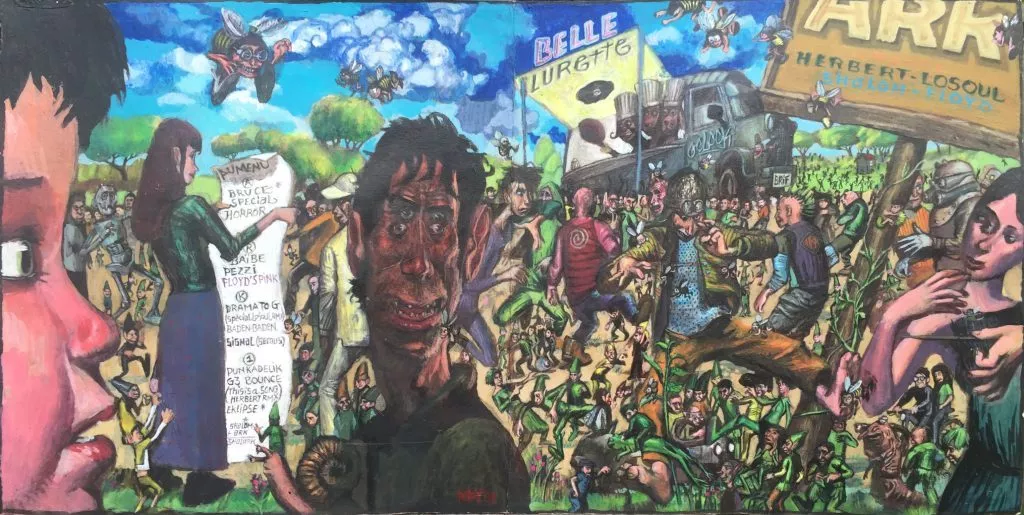
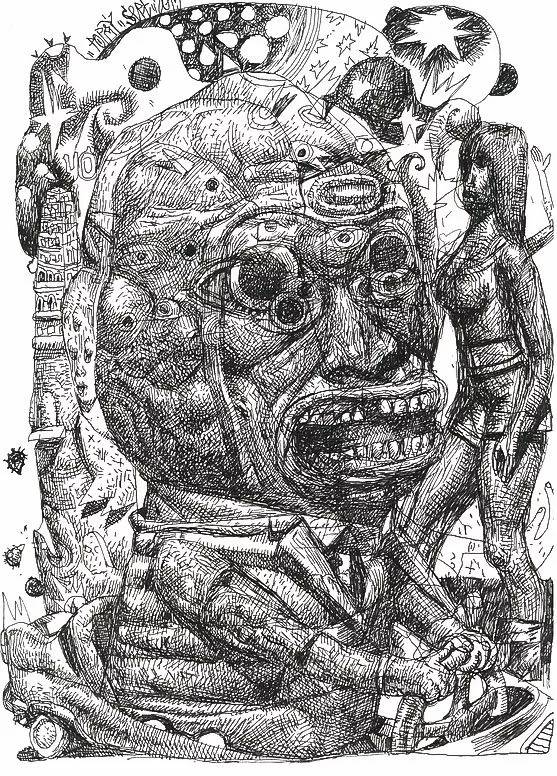
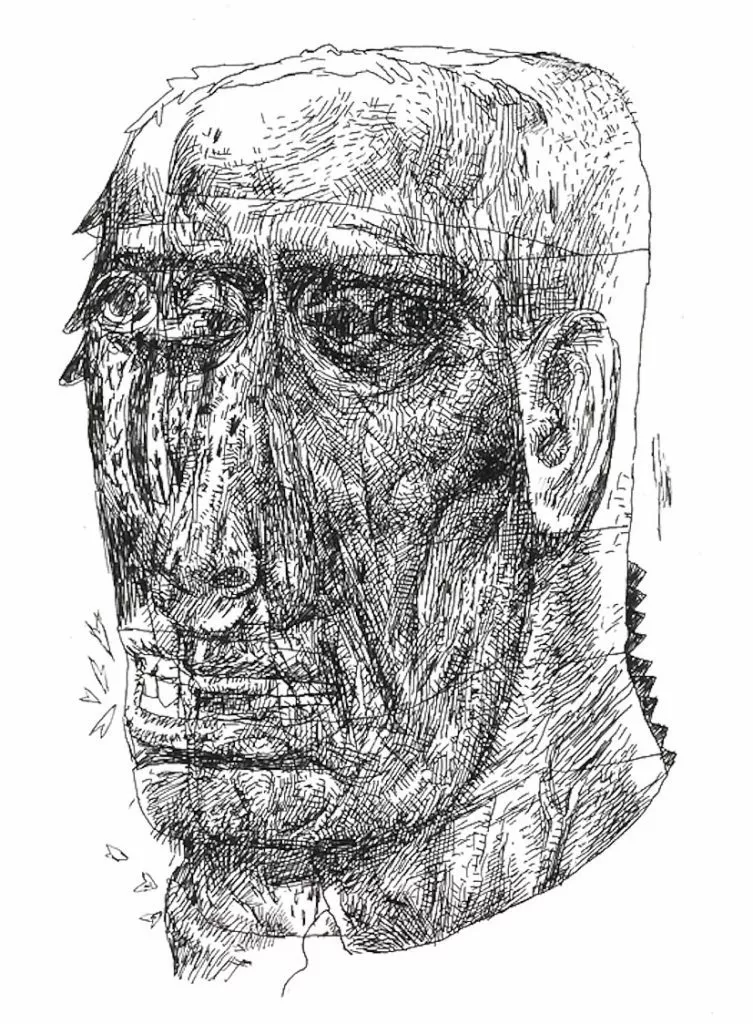
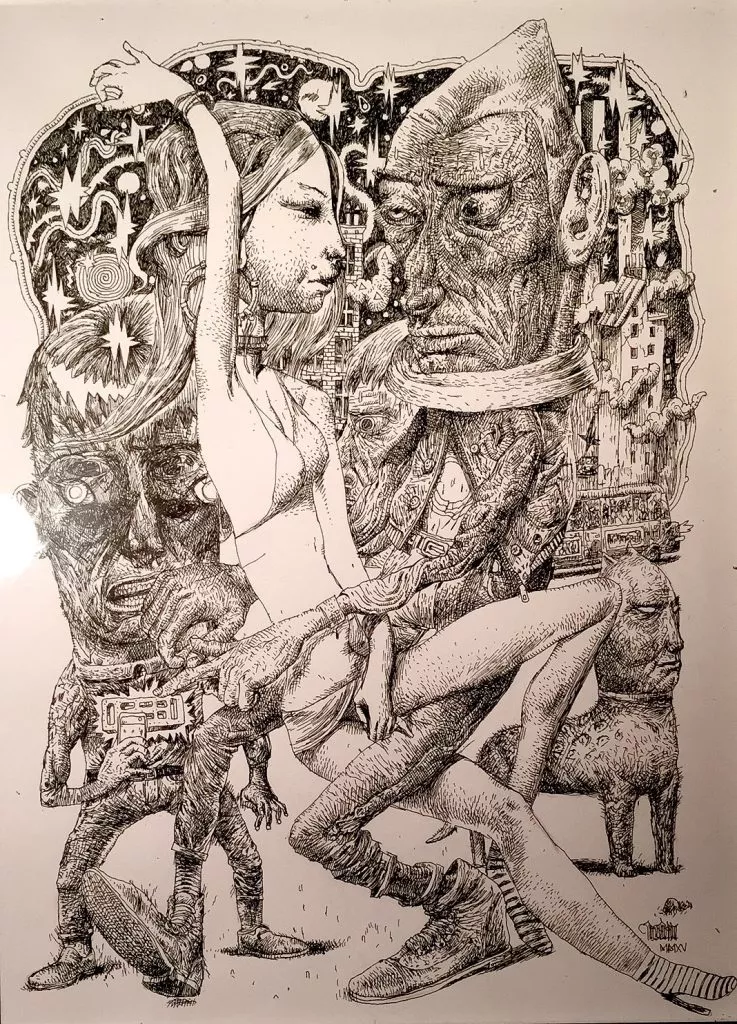
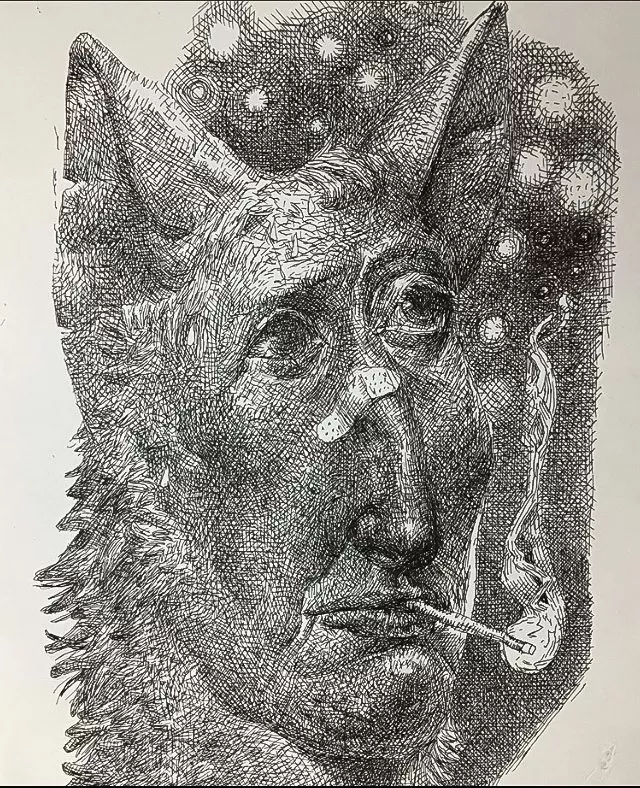
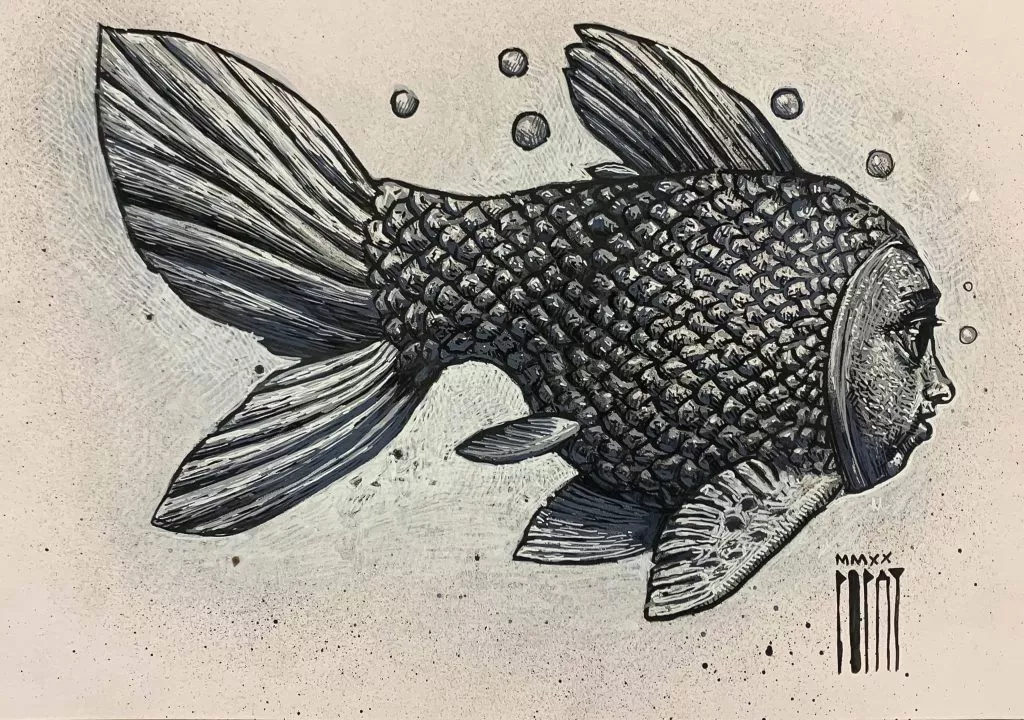
693 views
Categories
Tags:
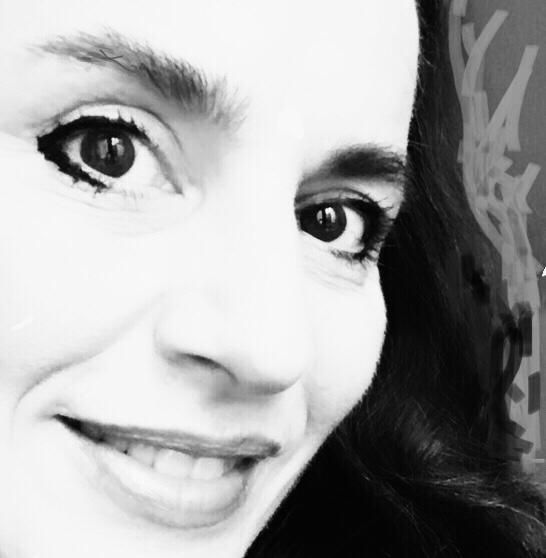
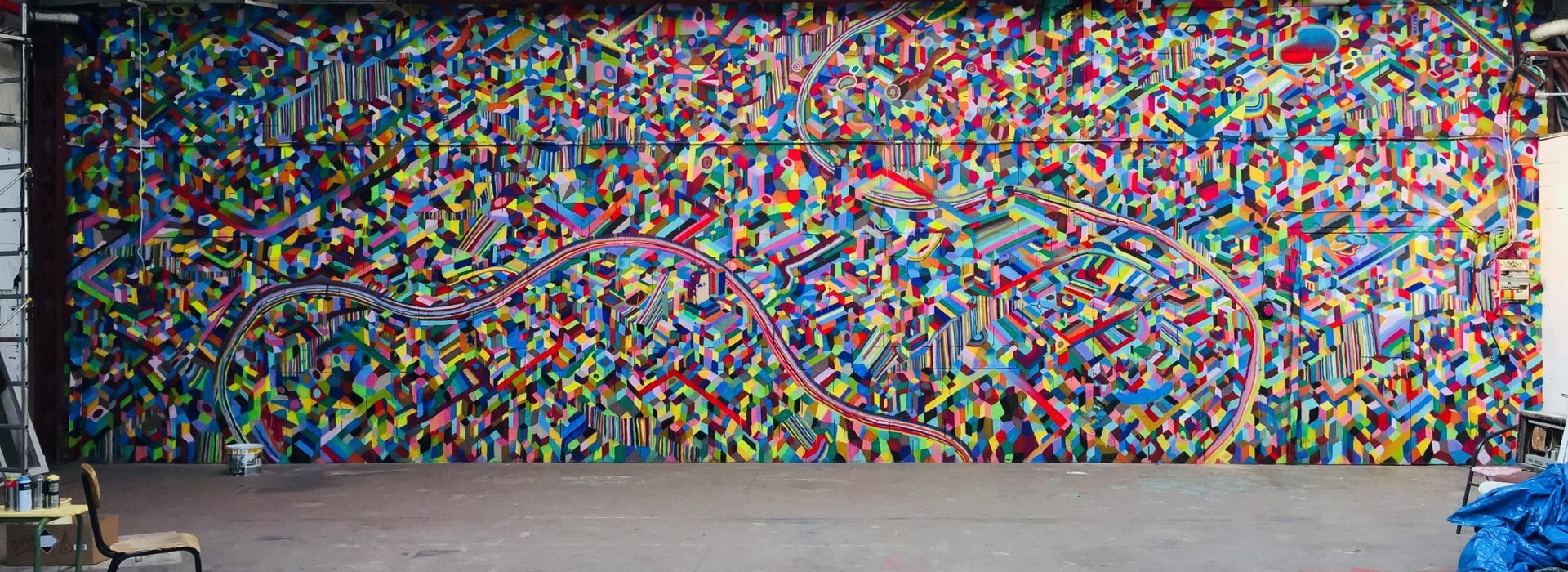
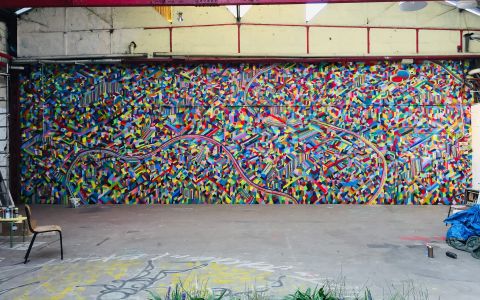
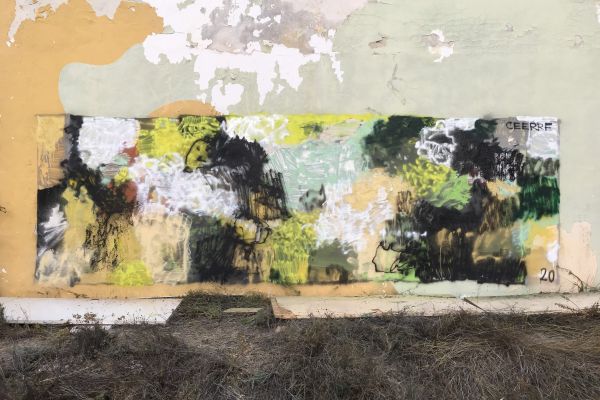
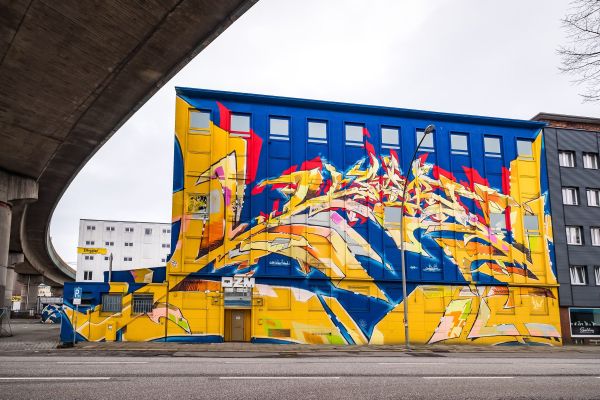
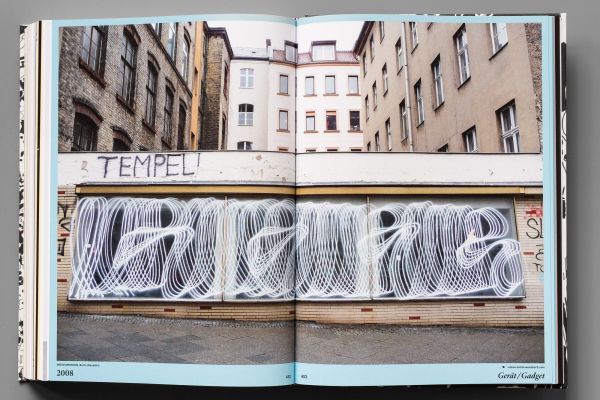
Leave a Reply